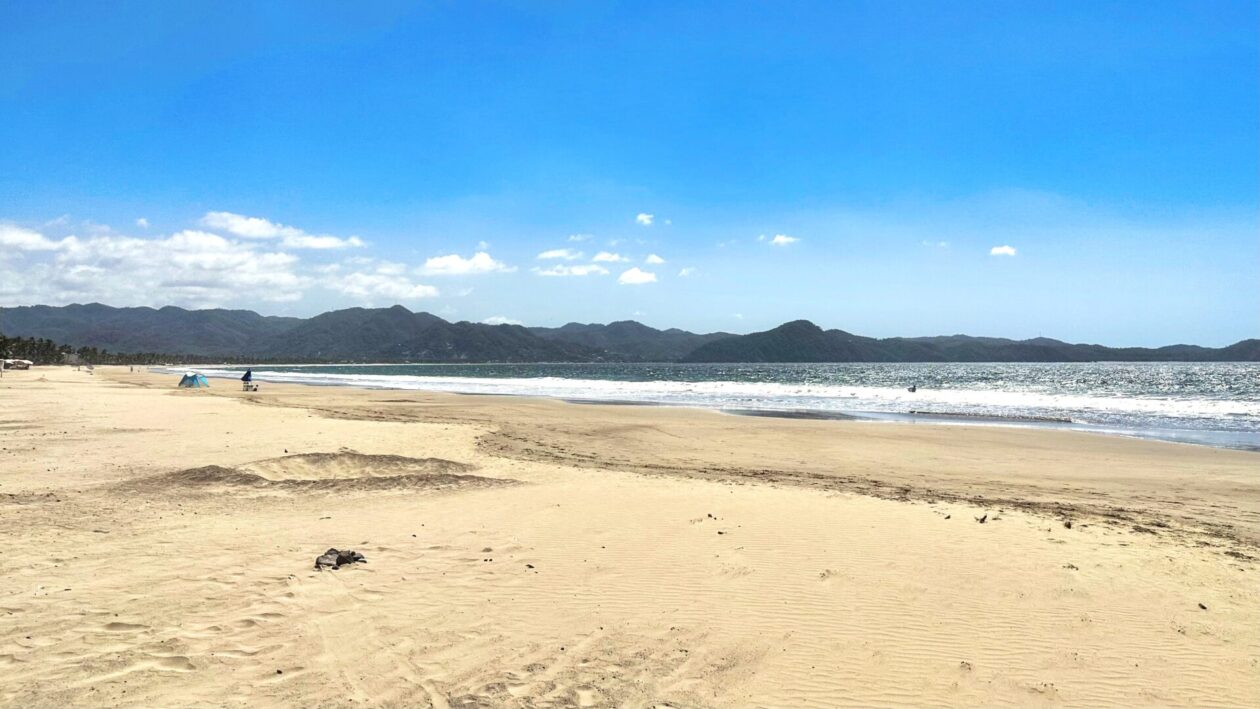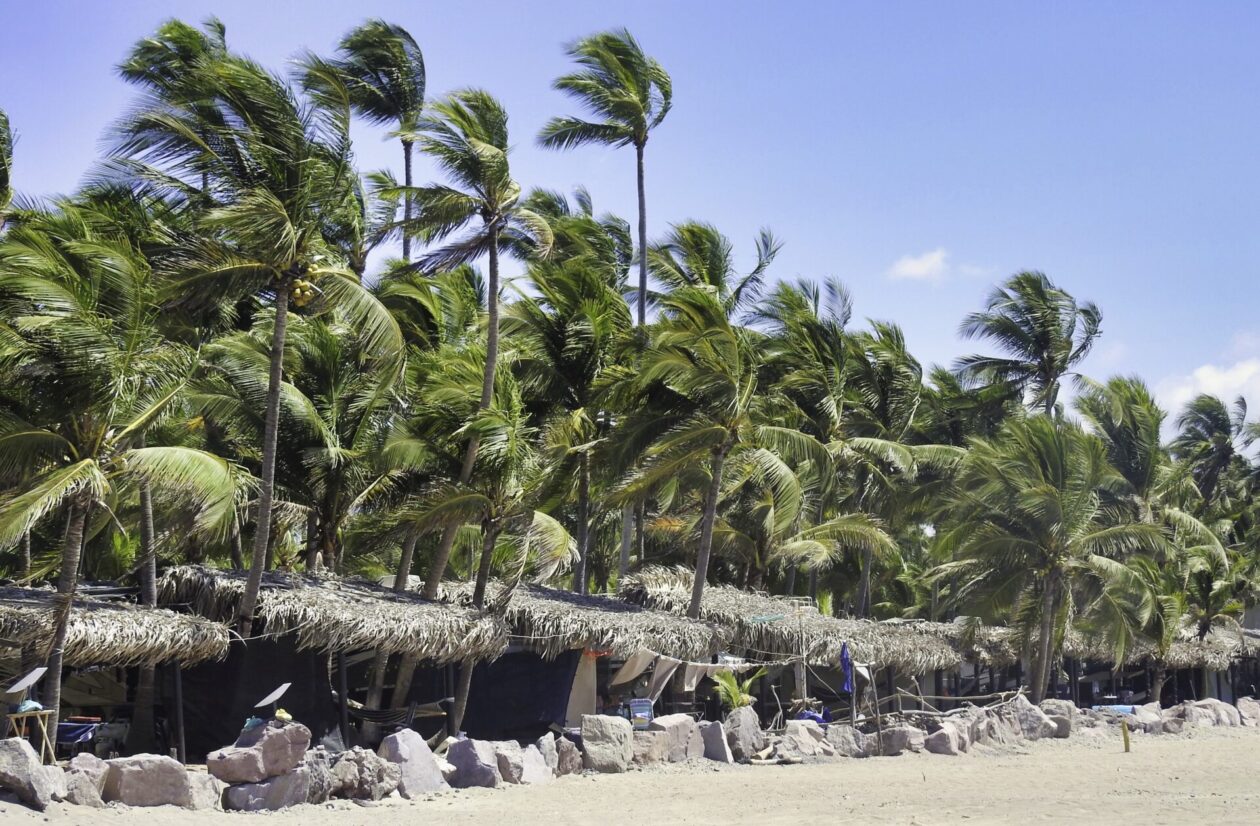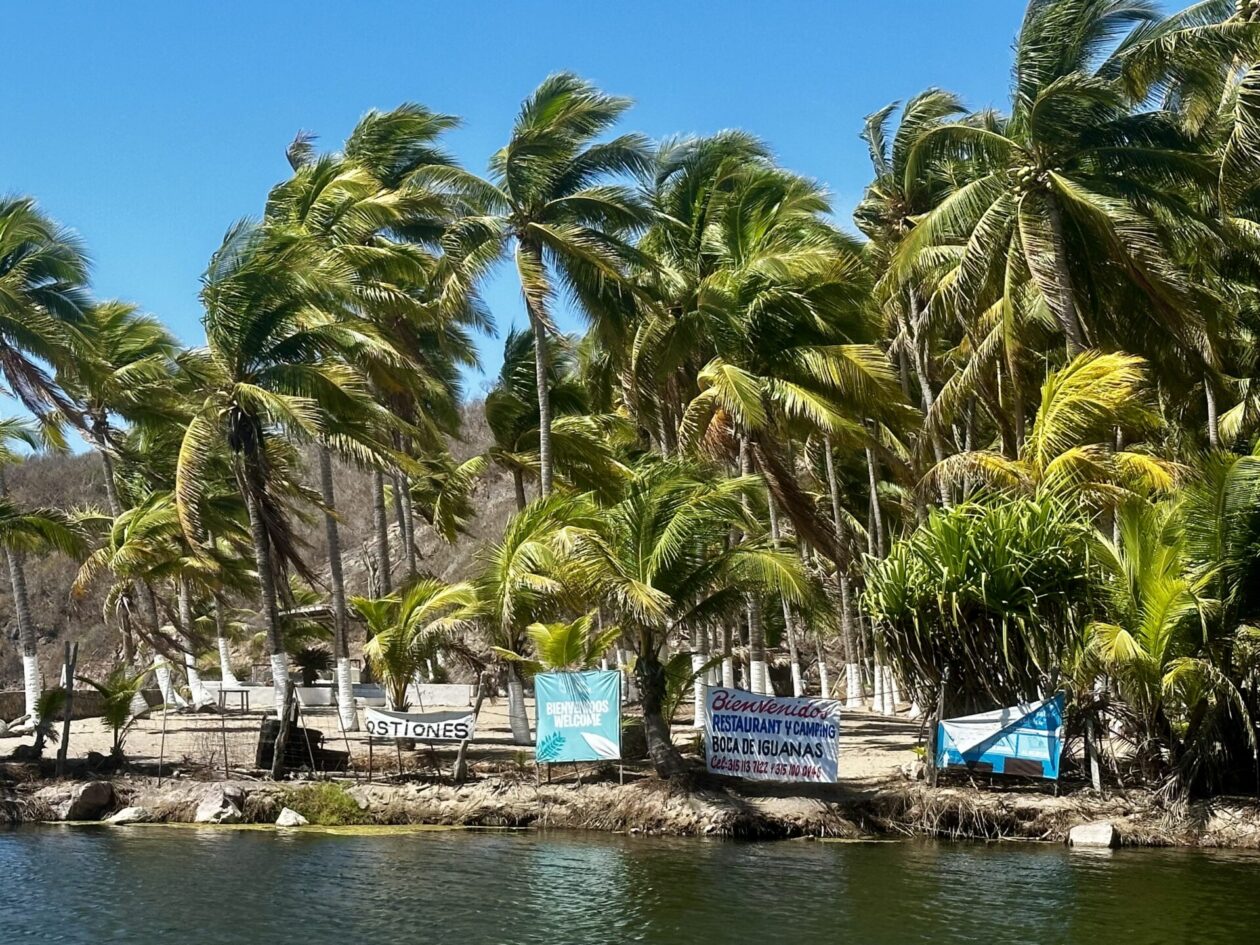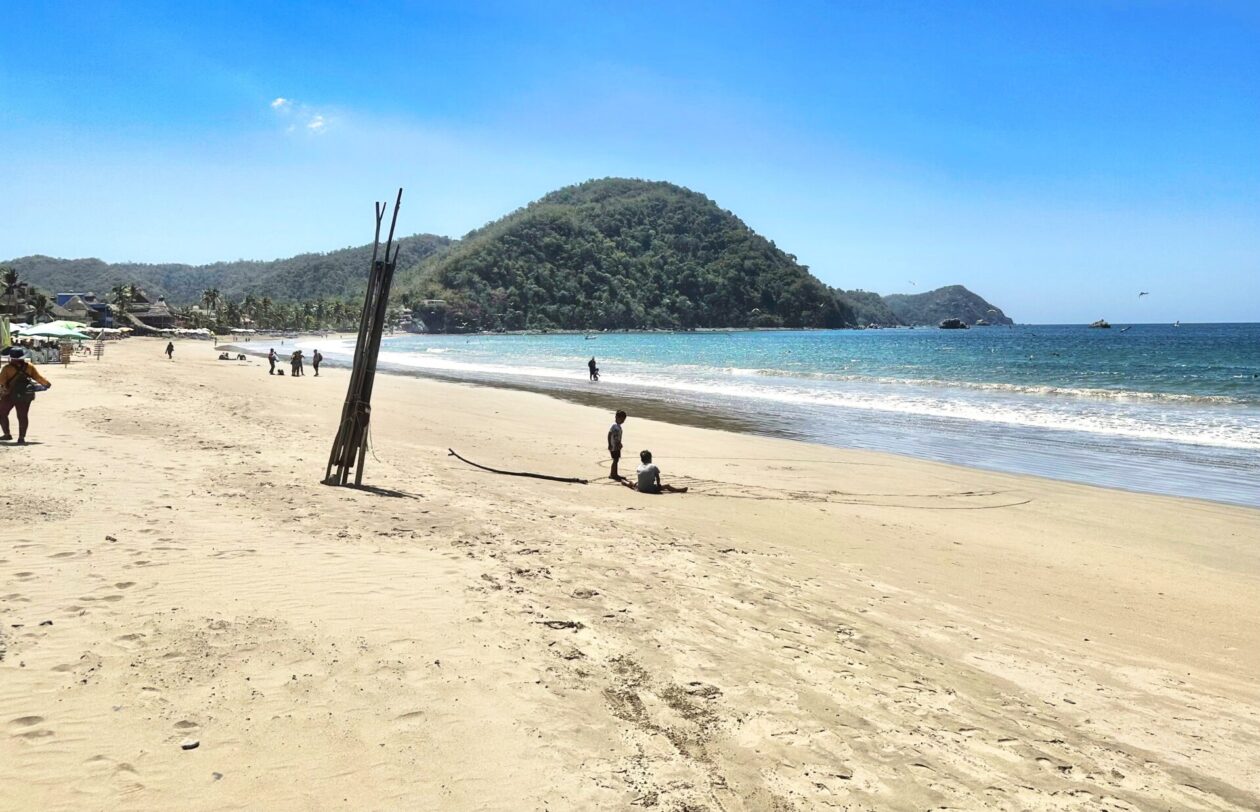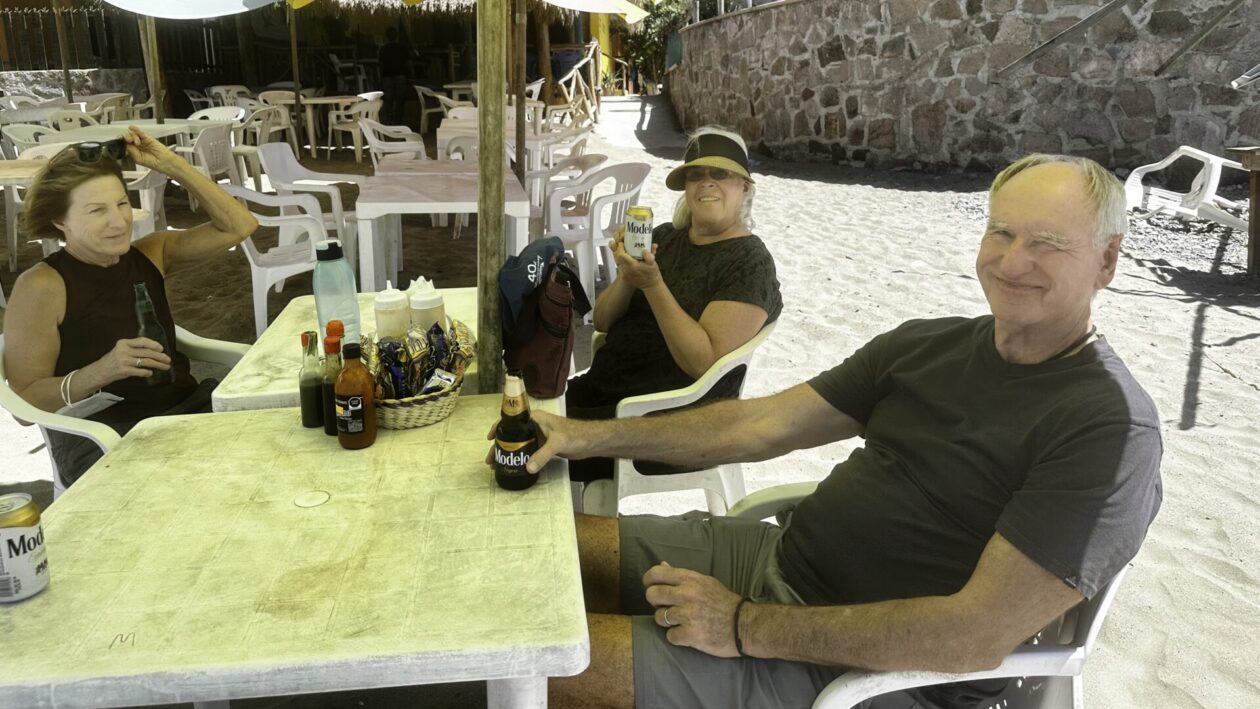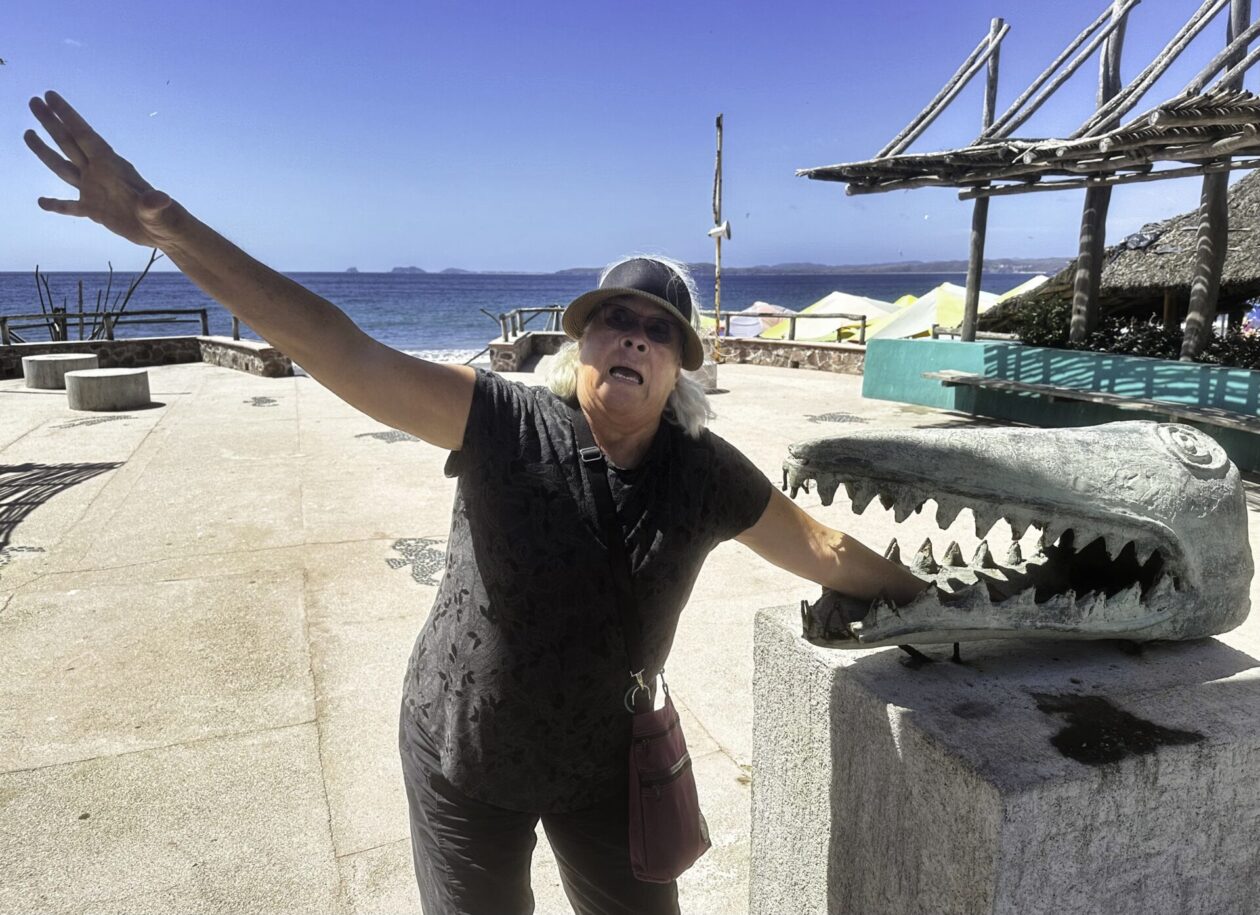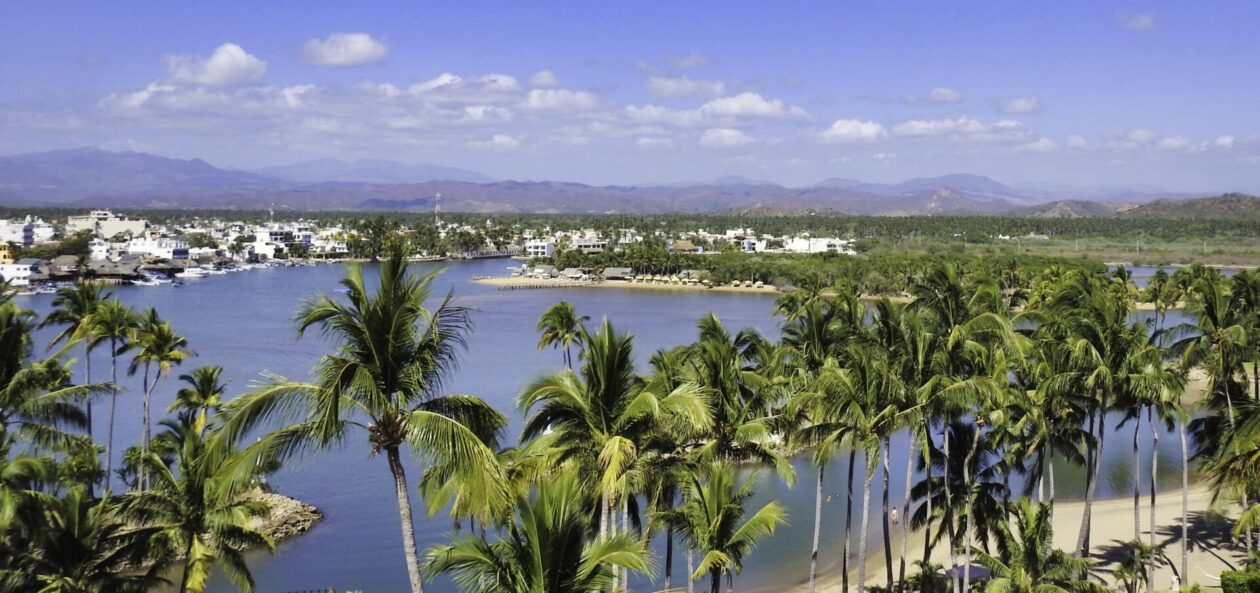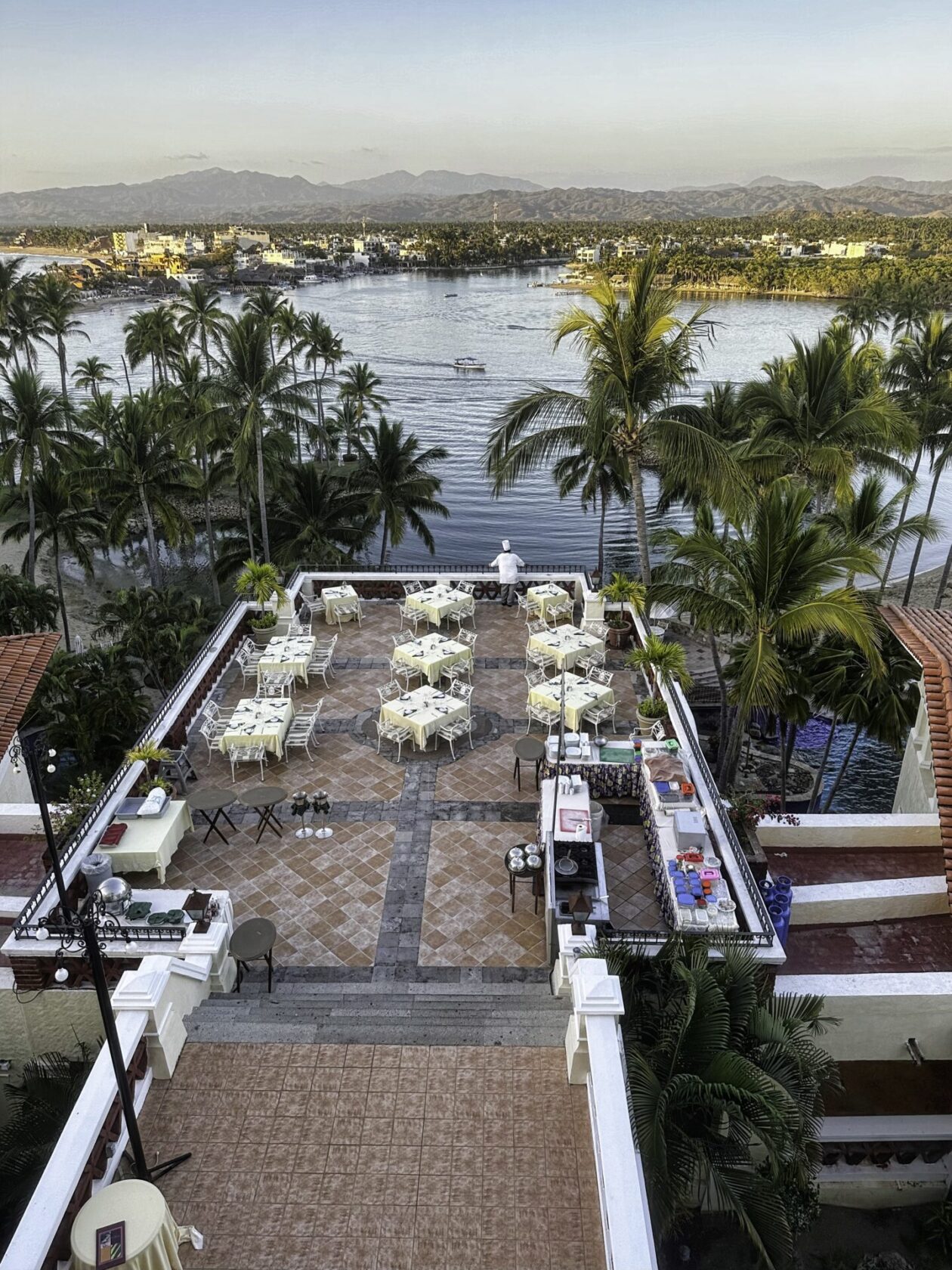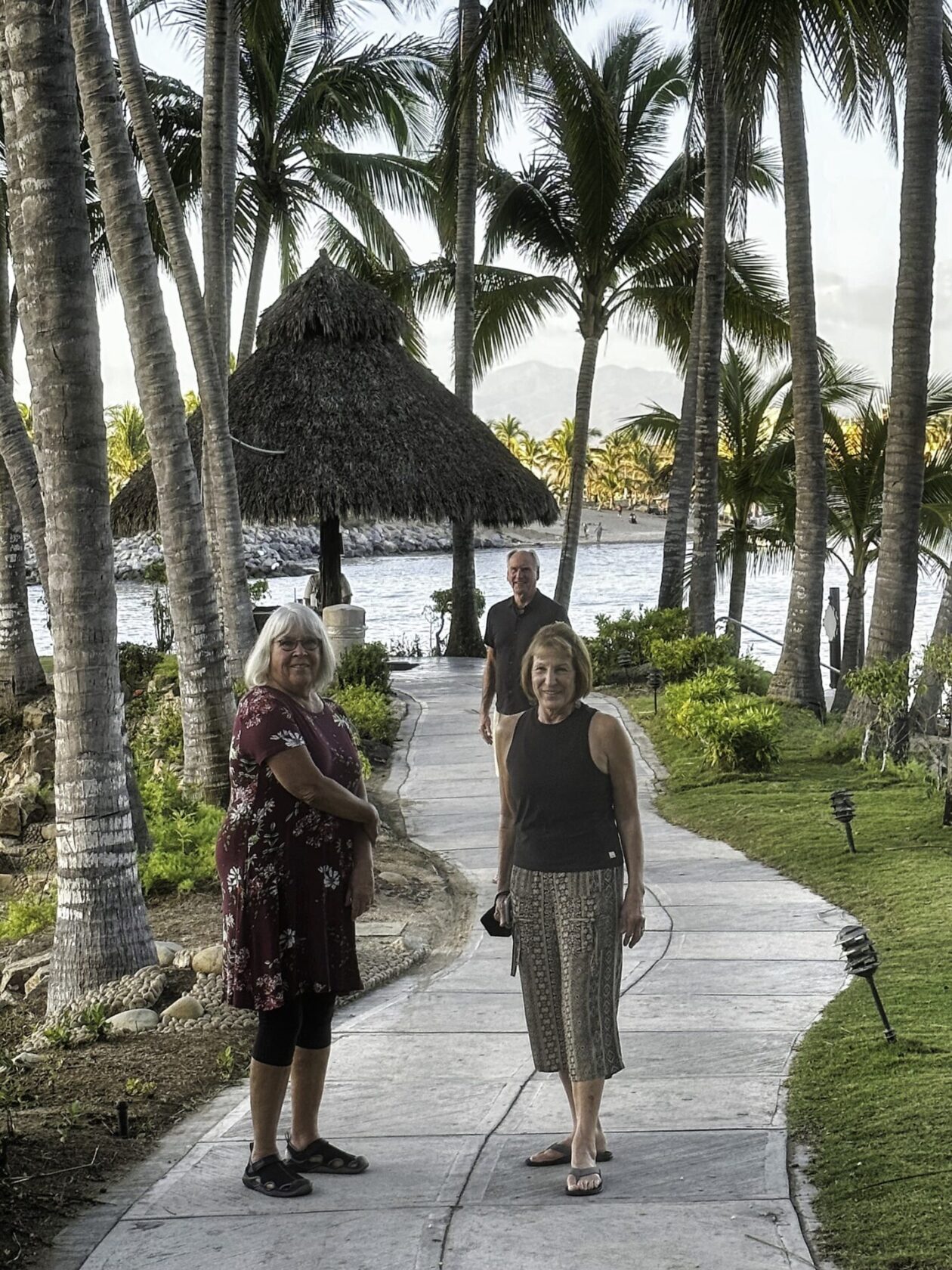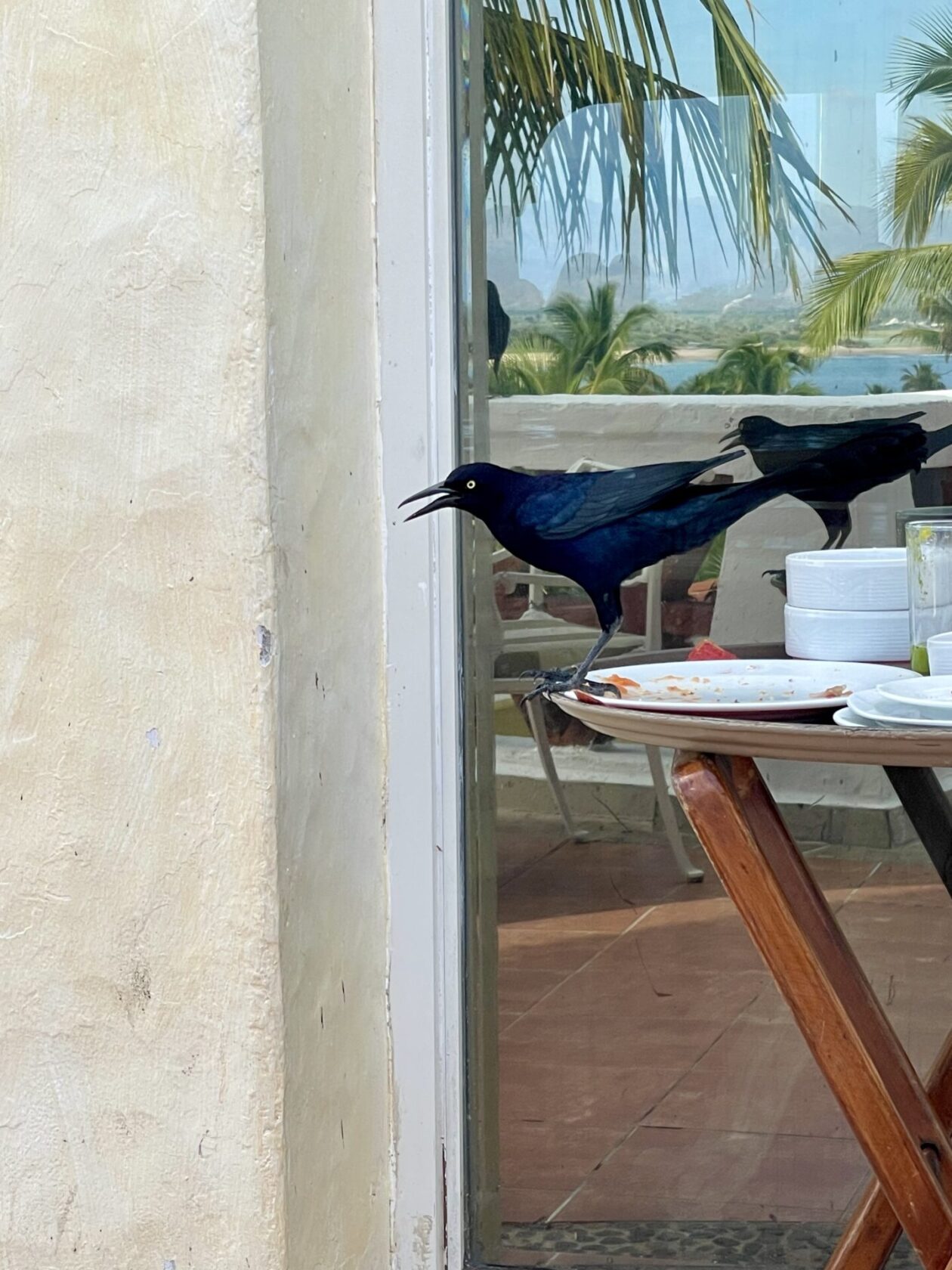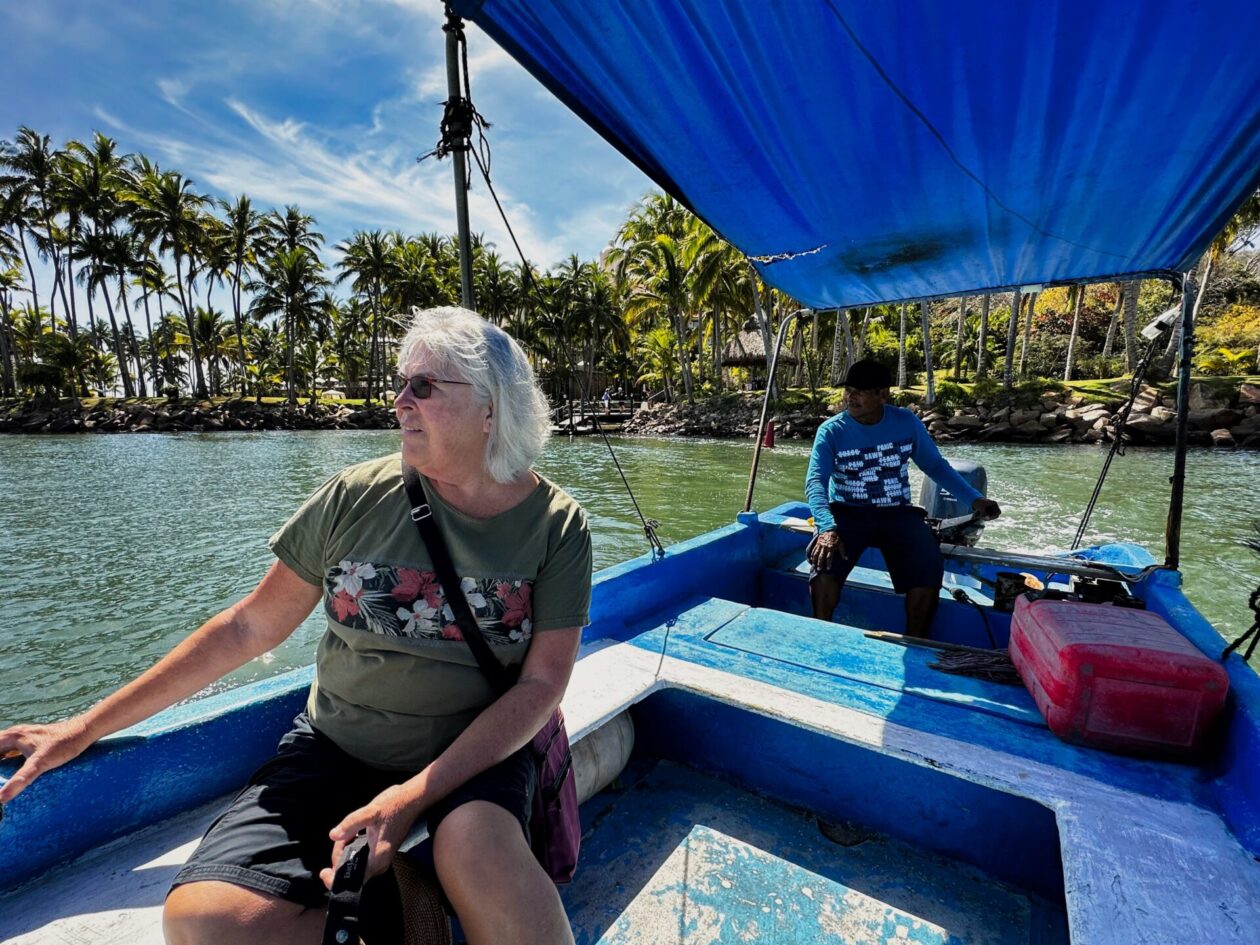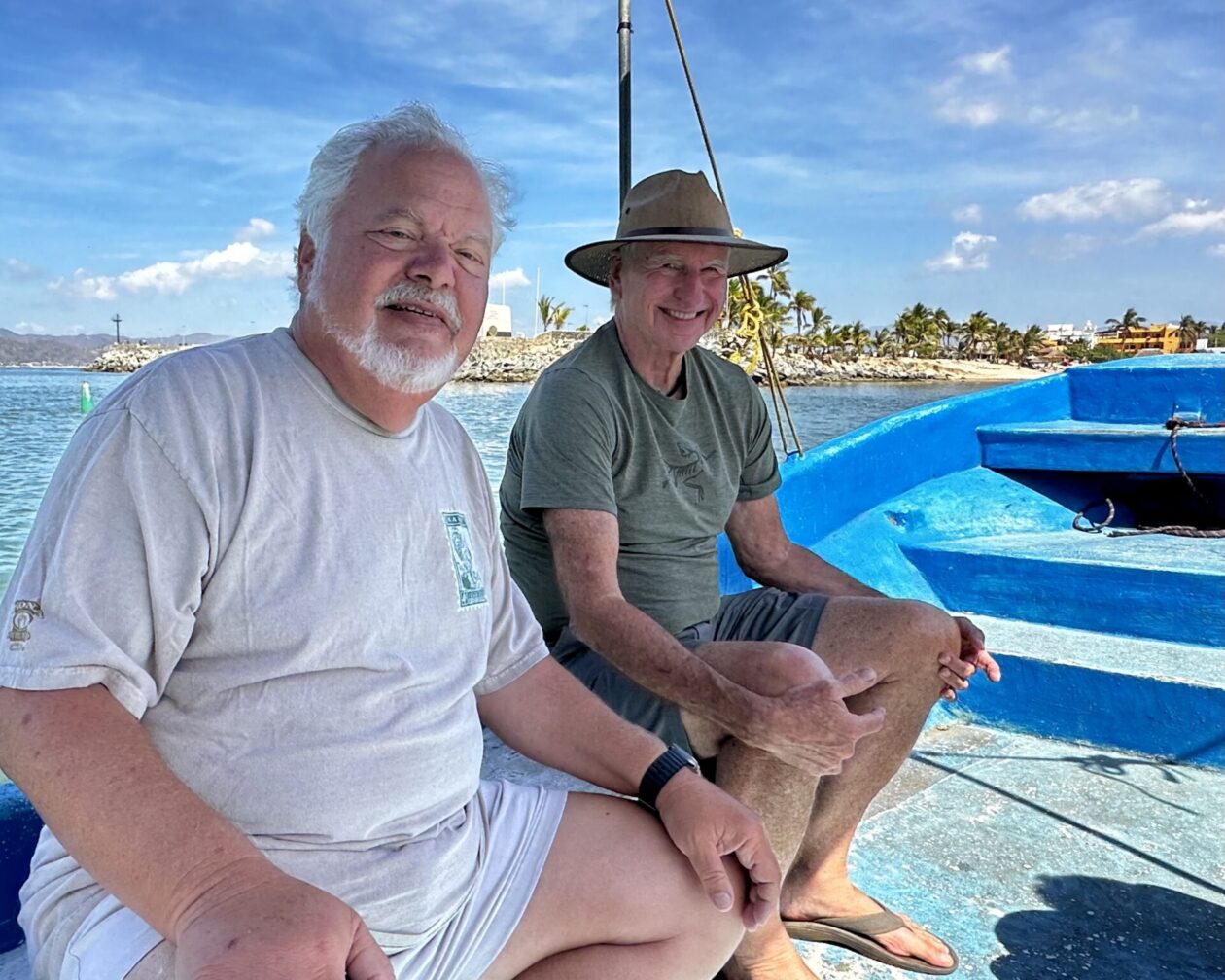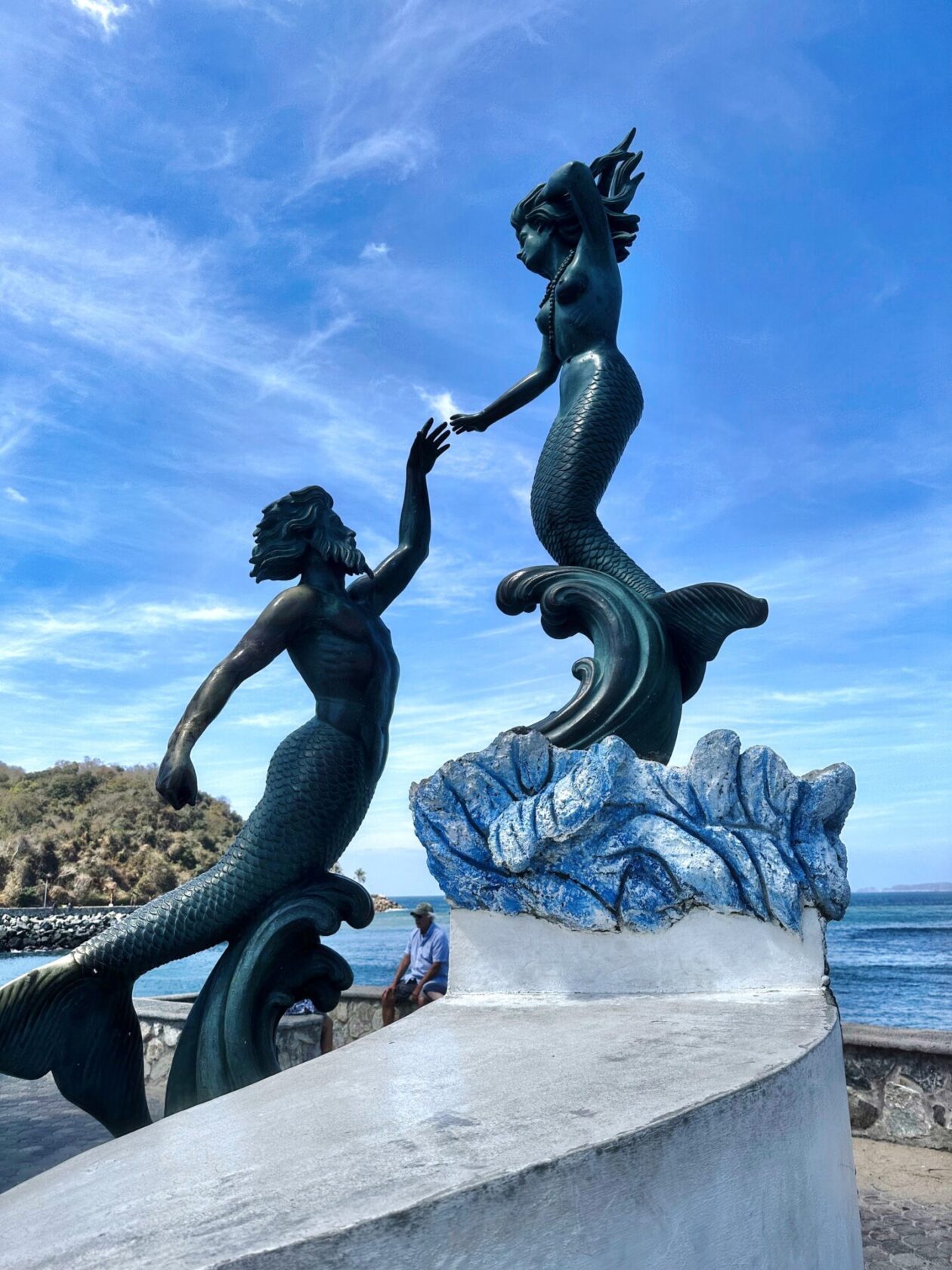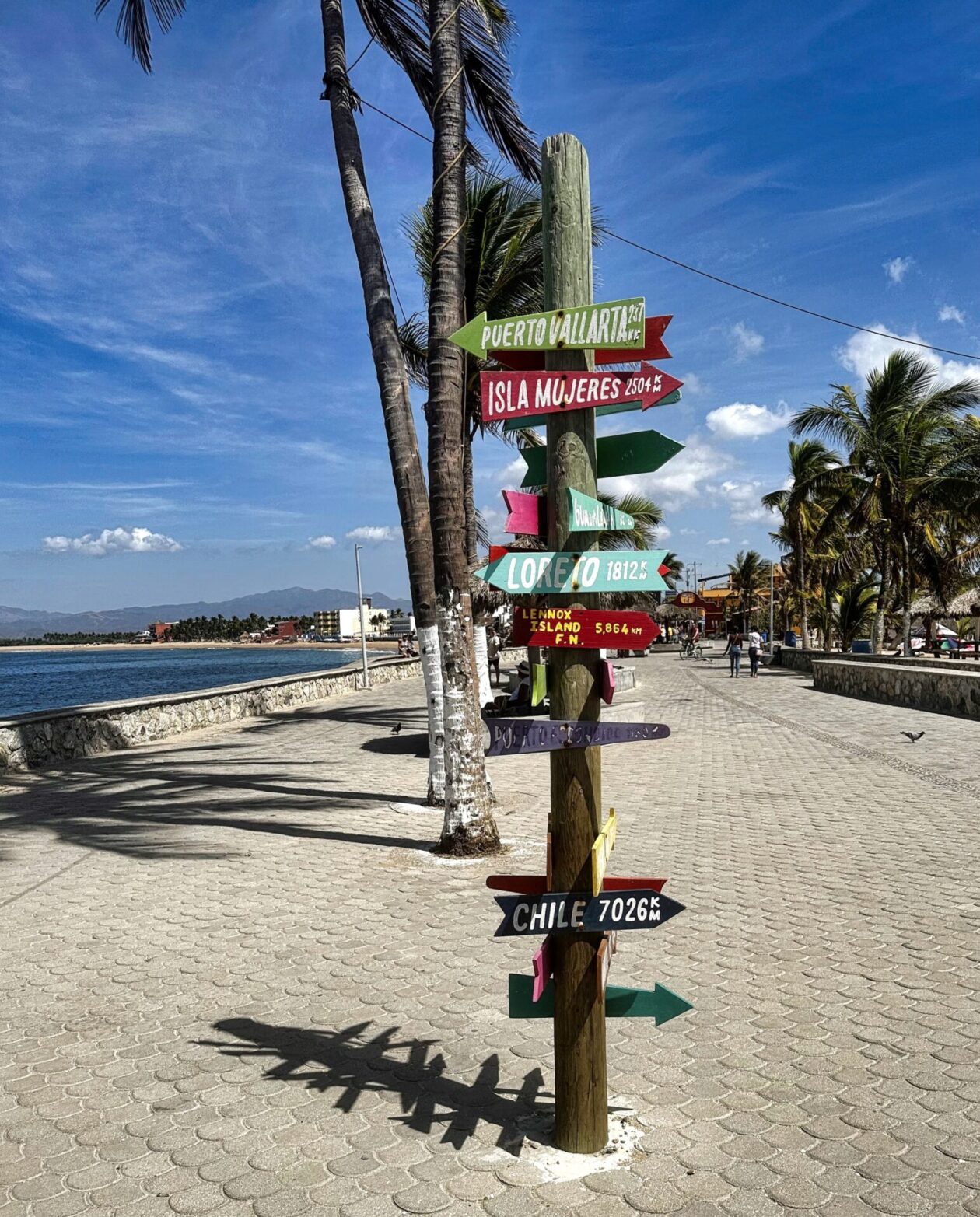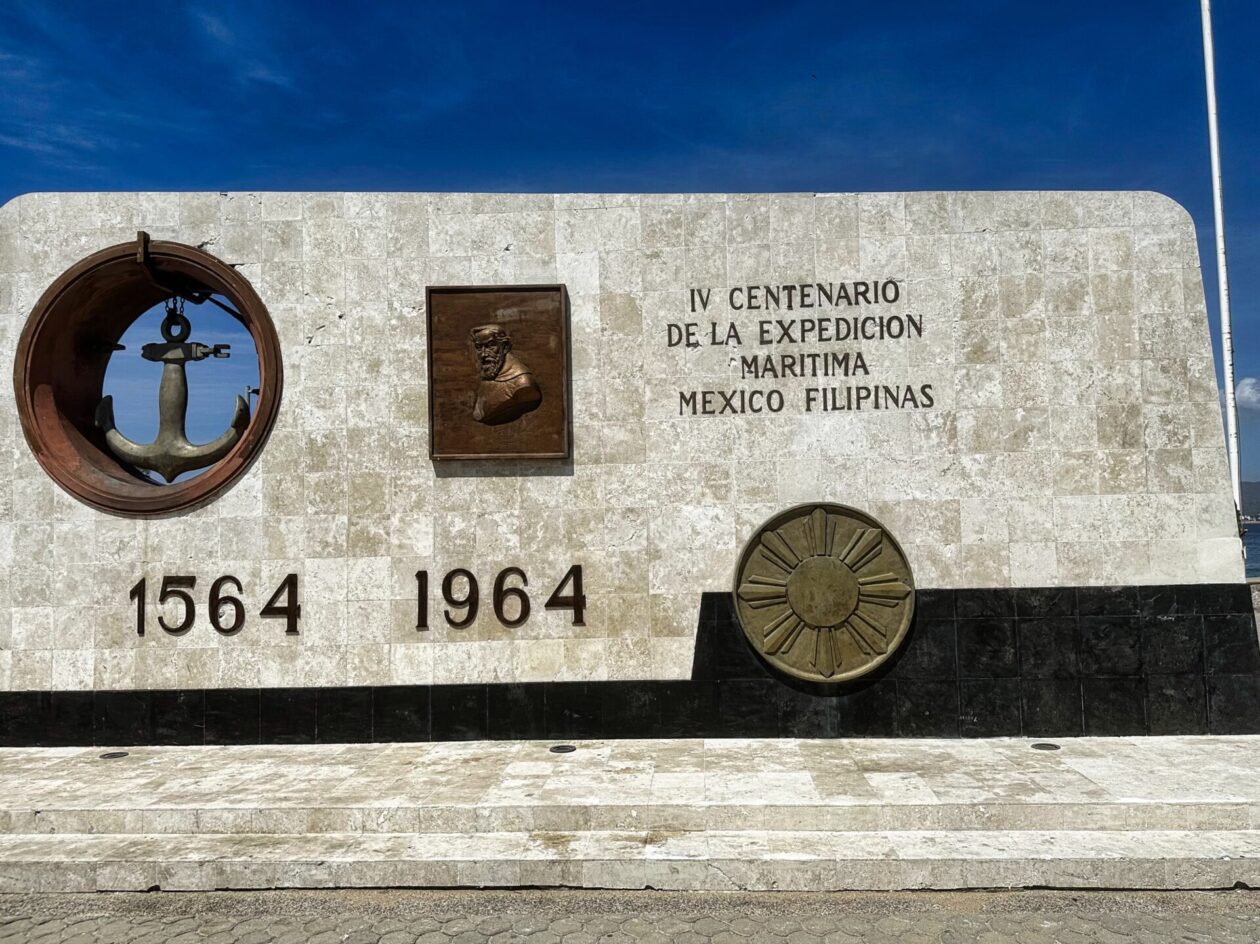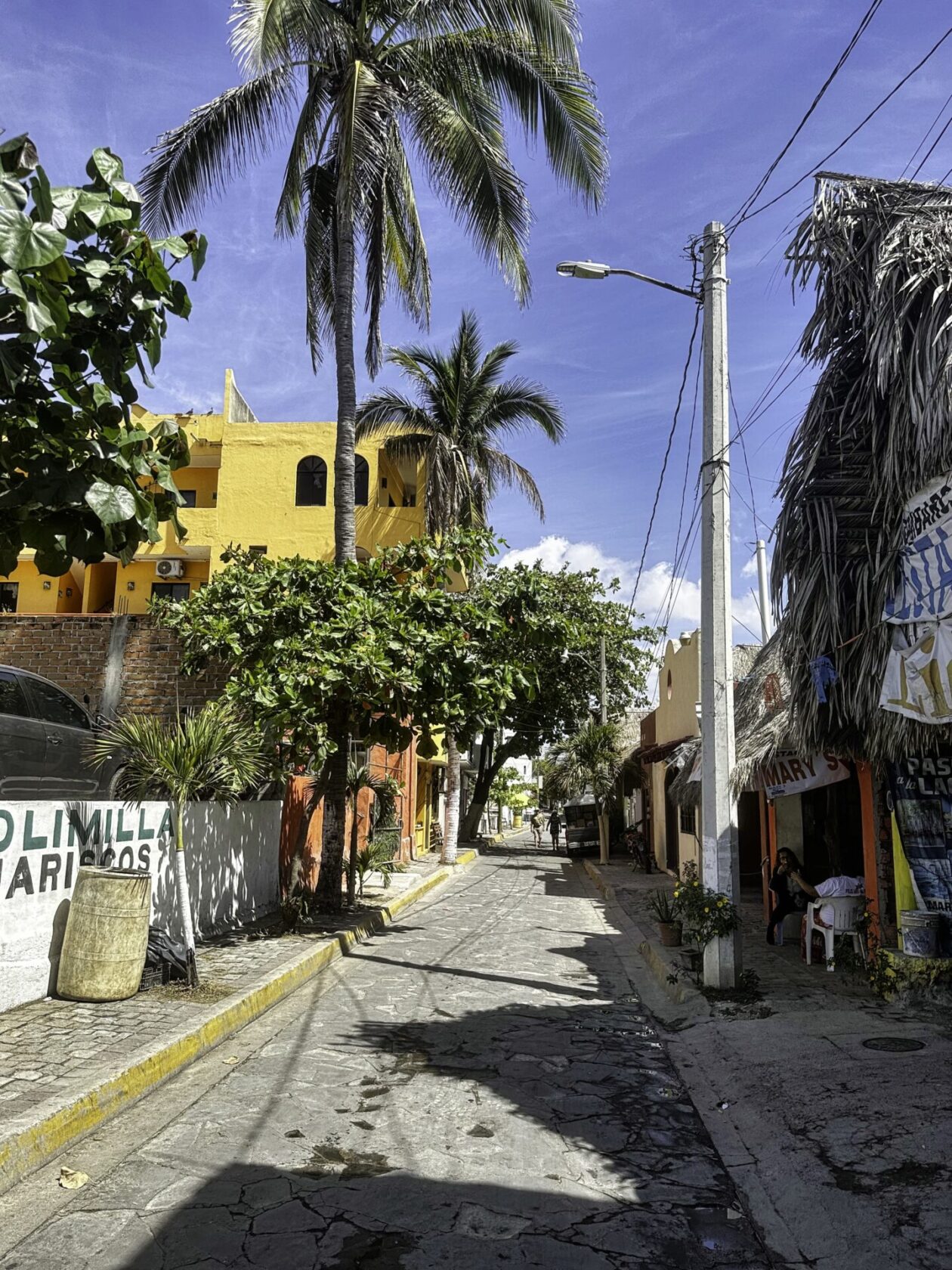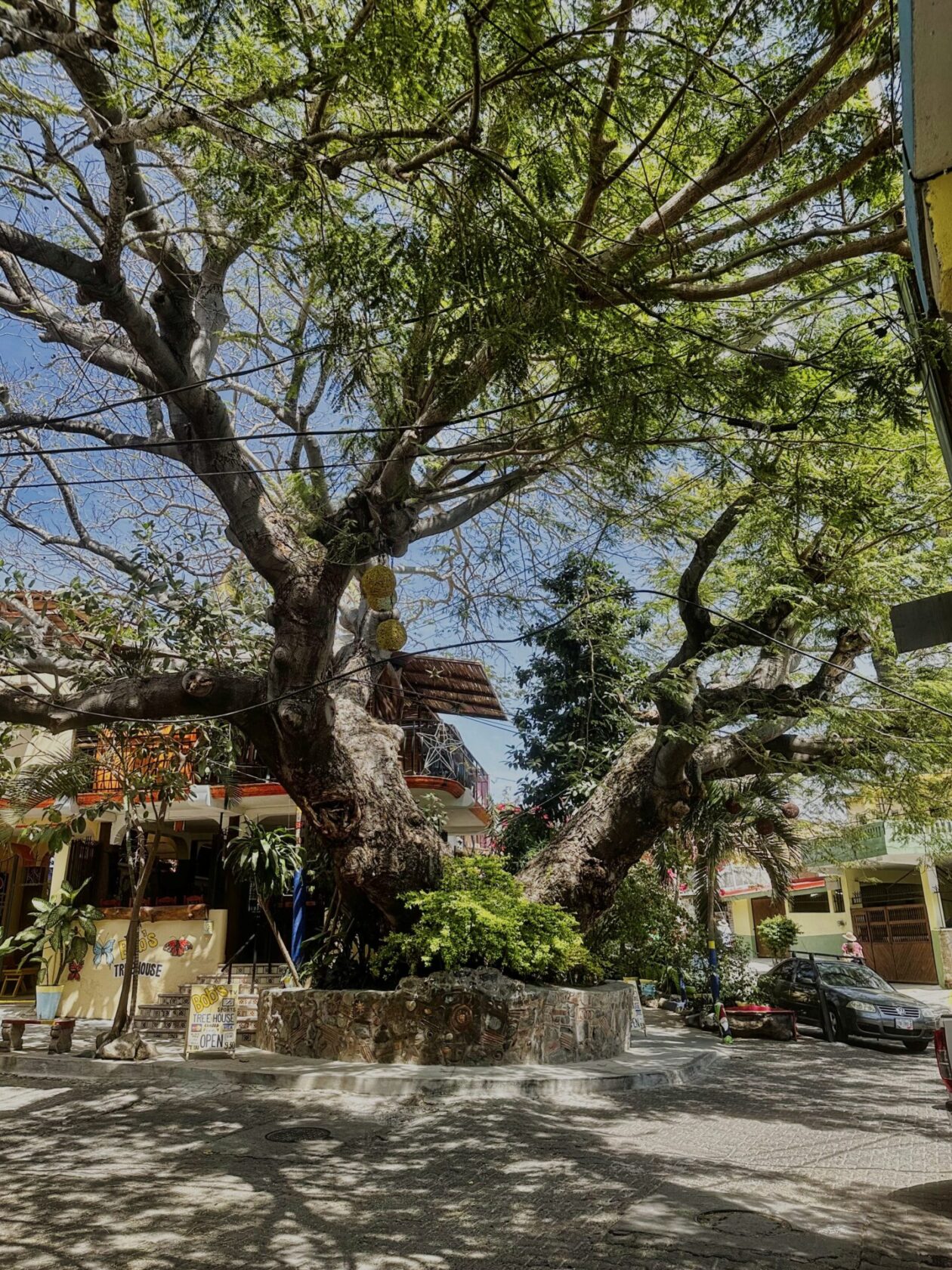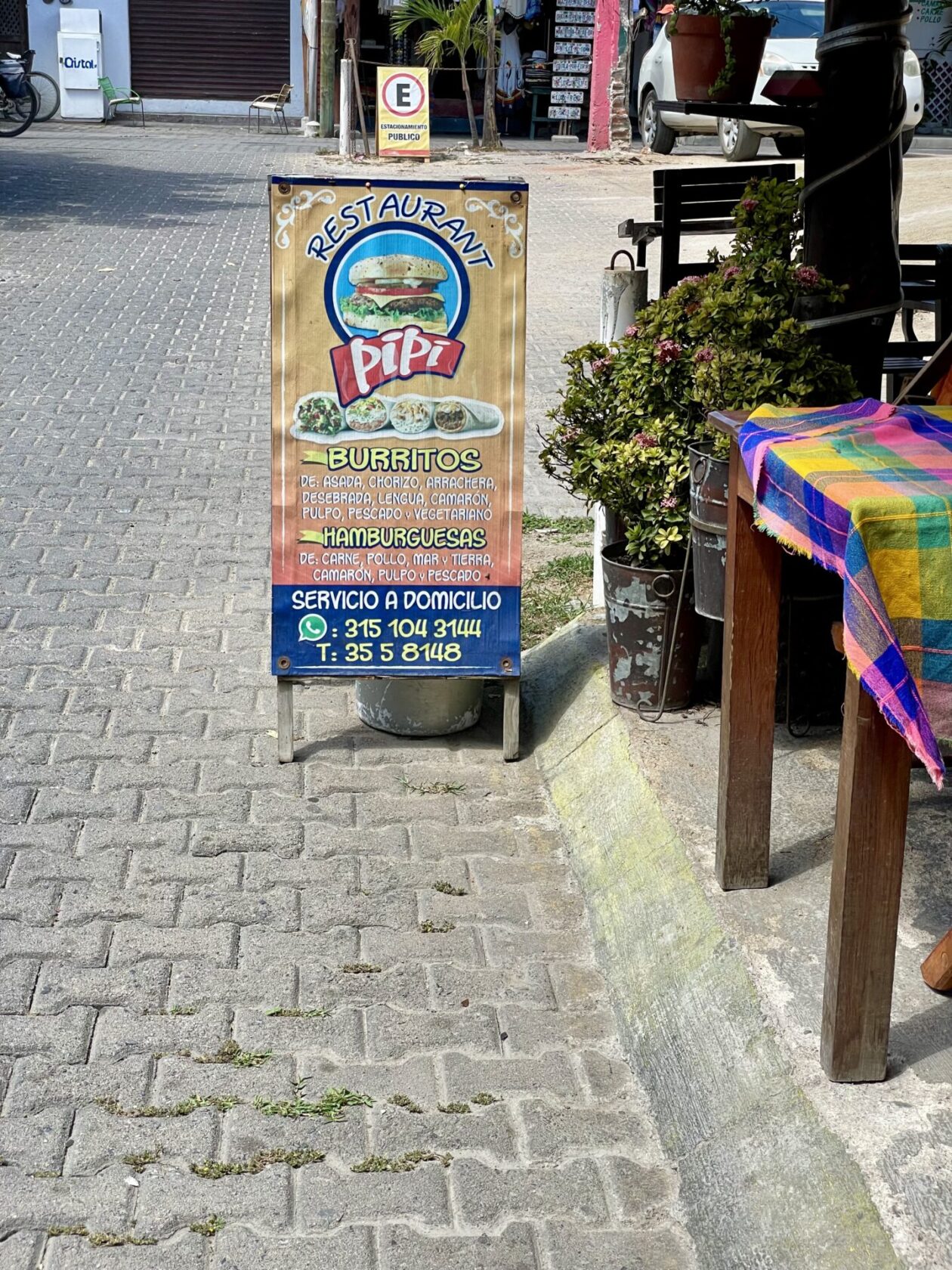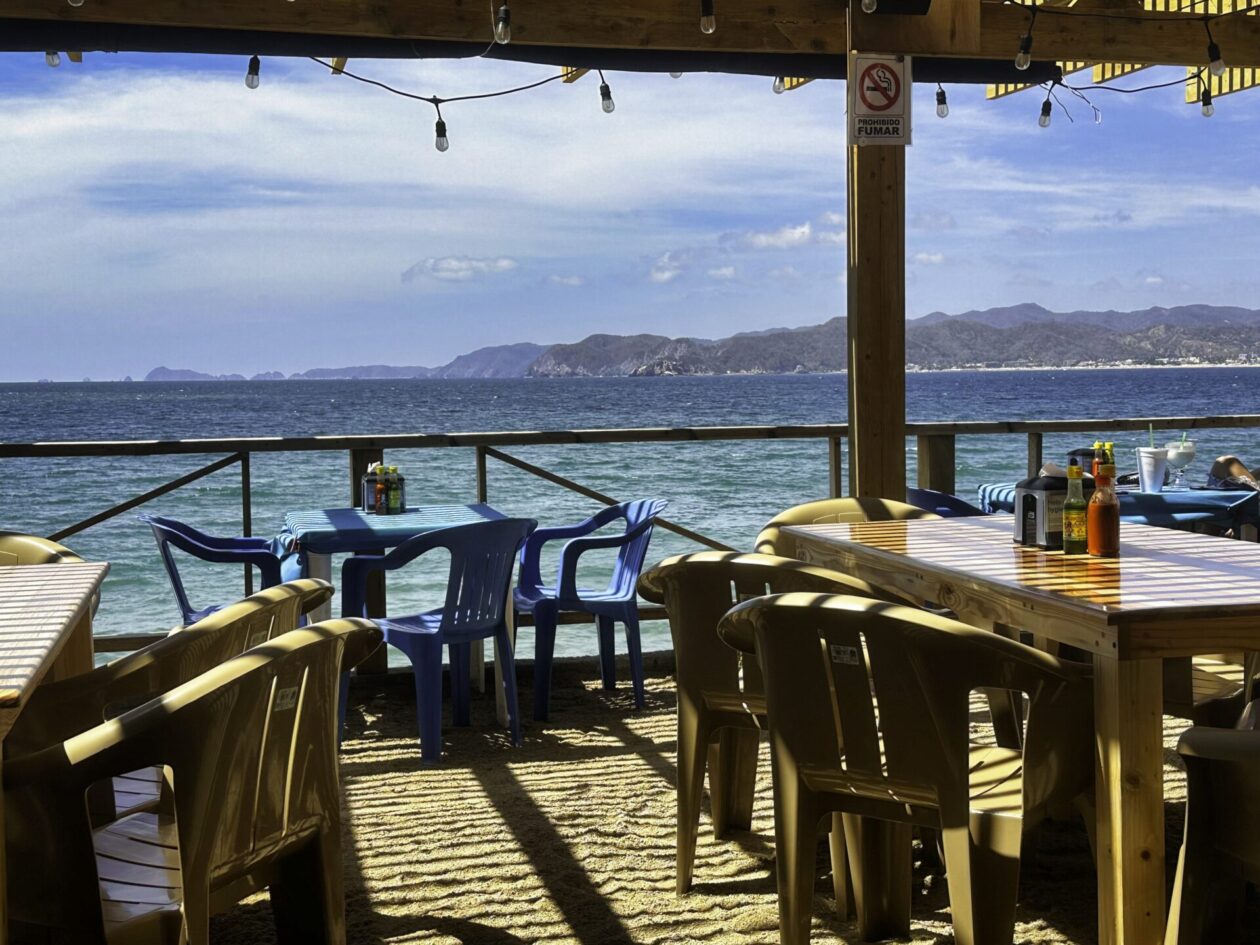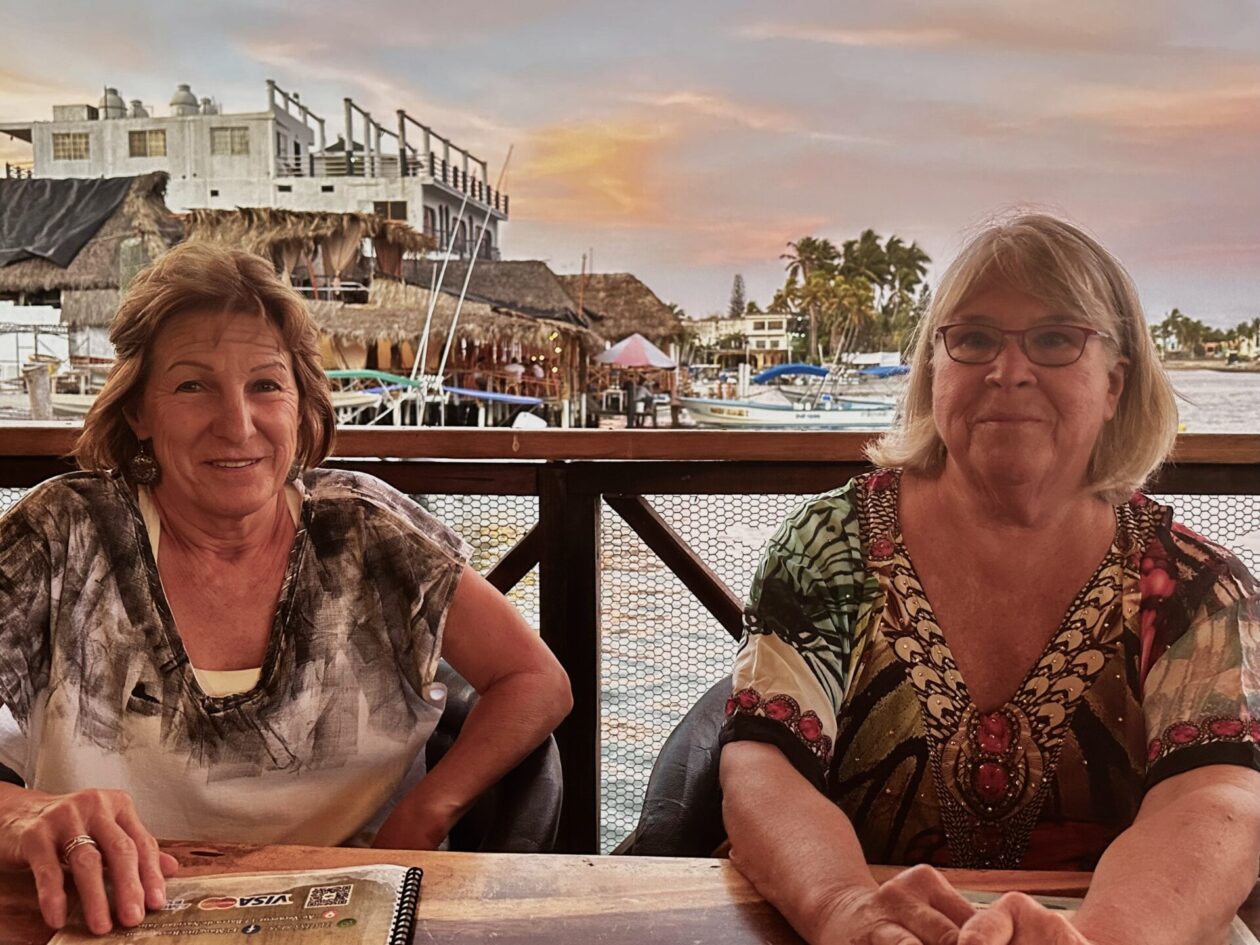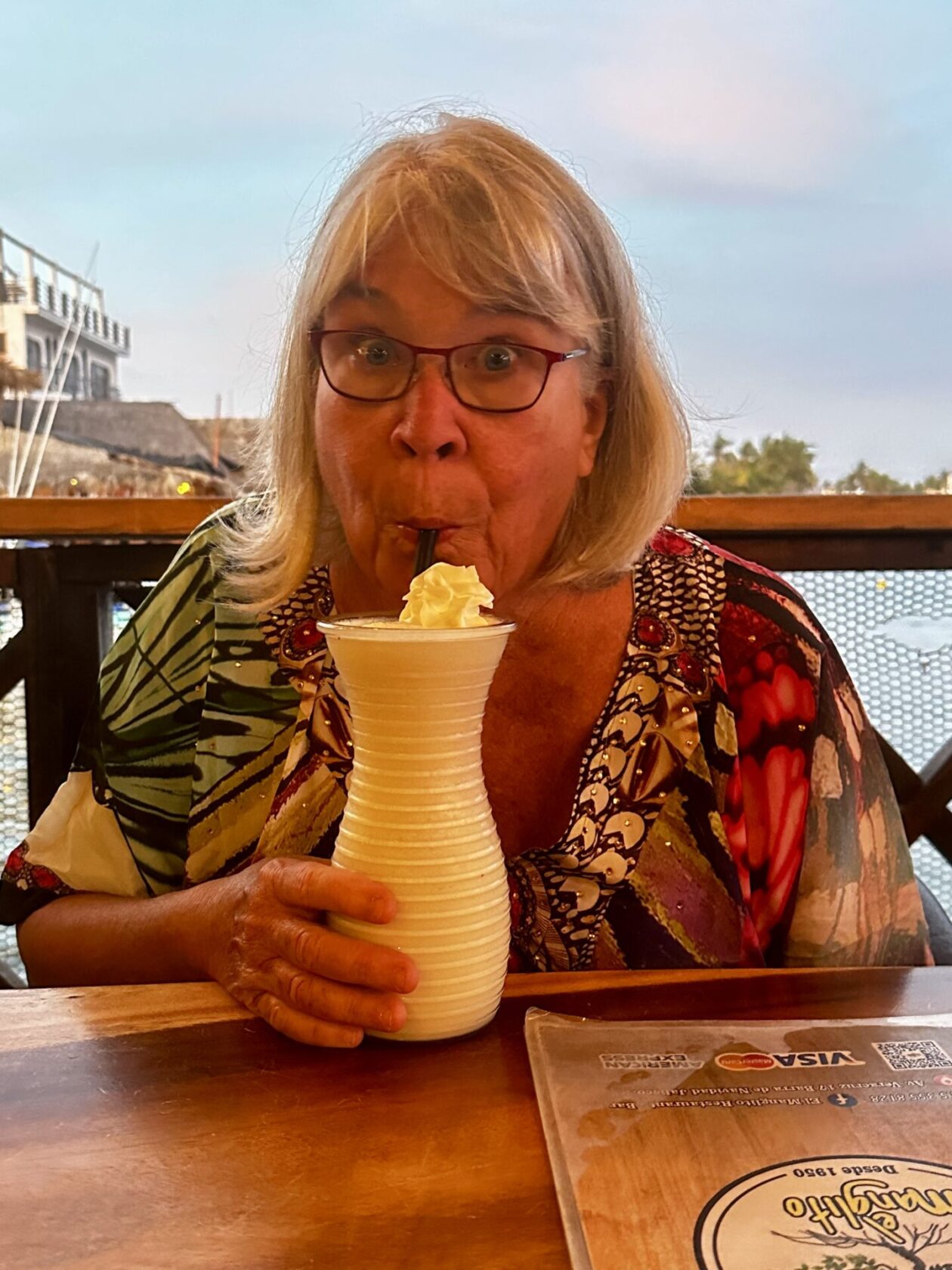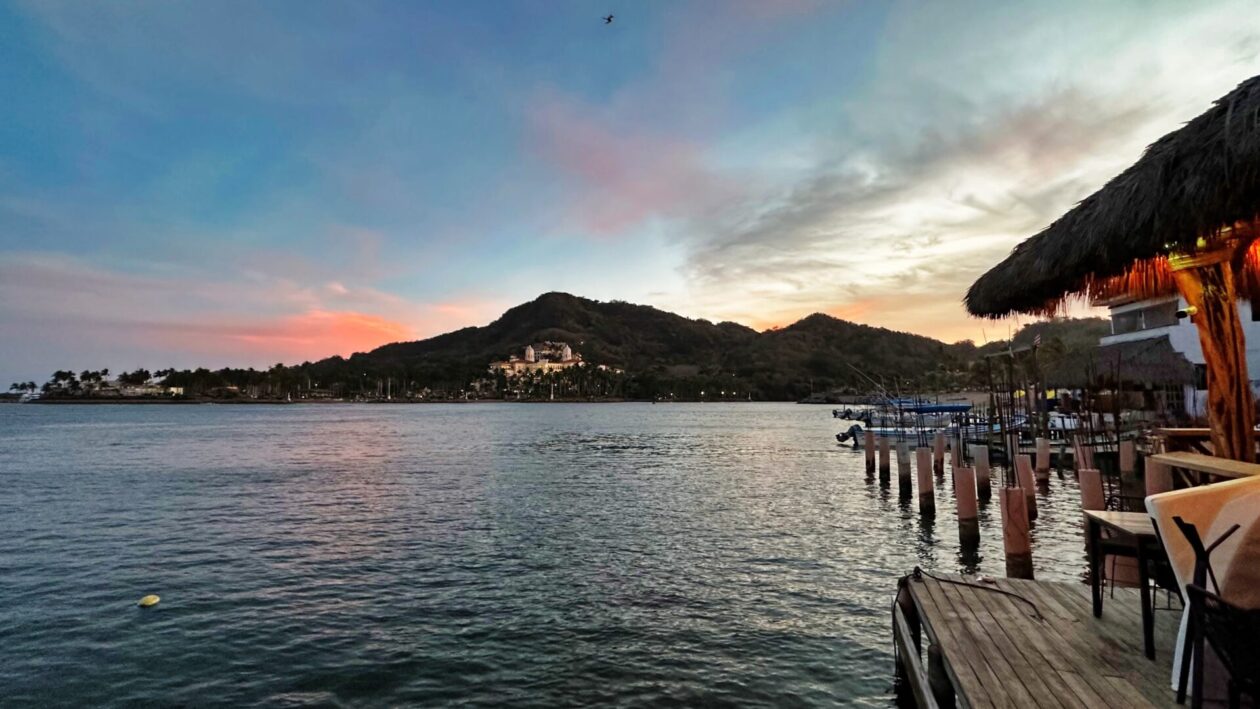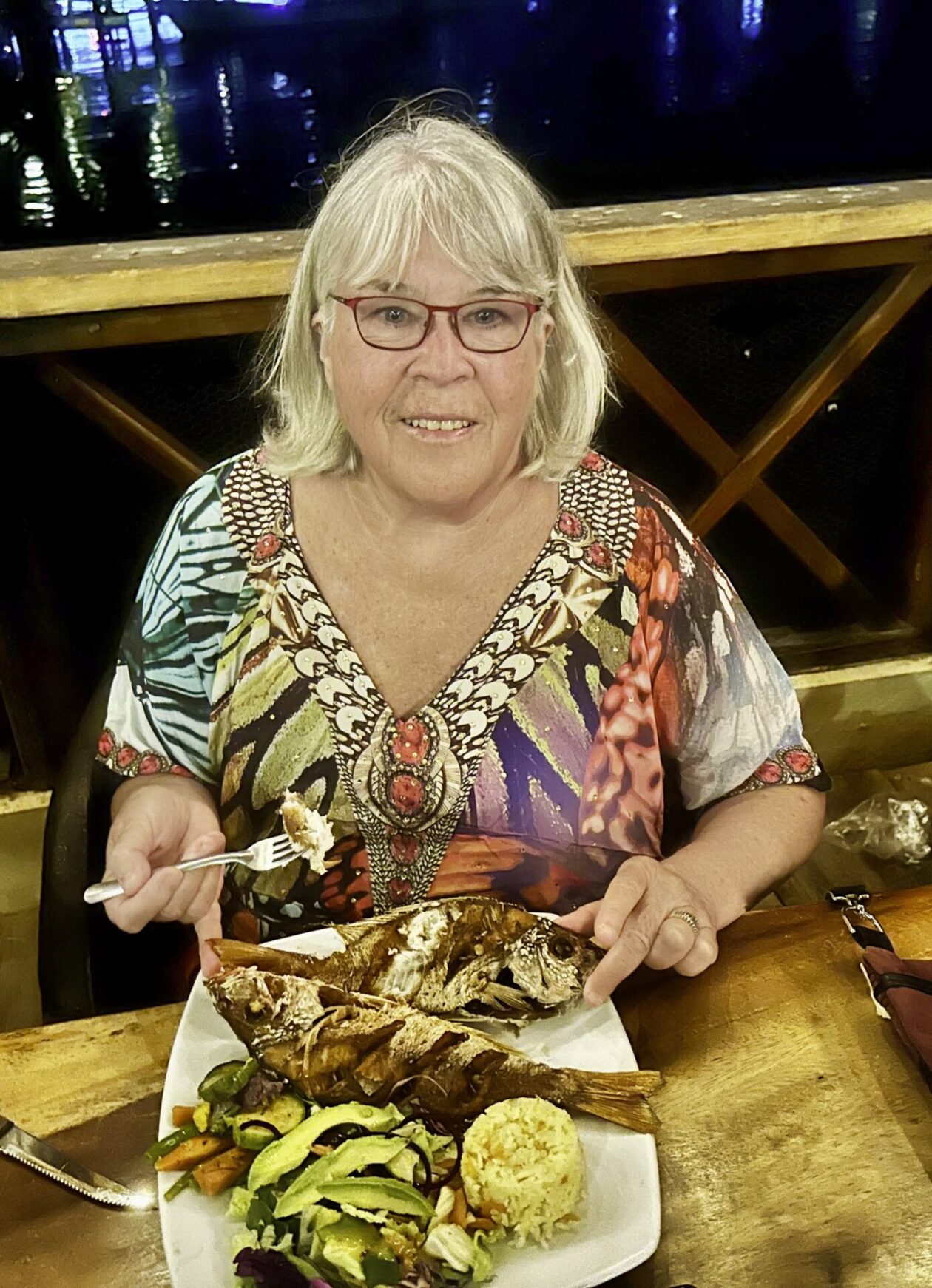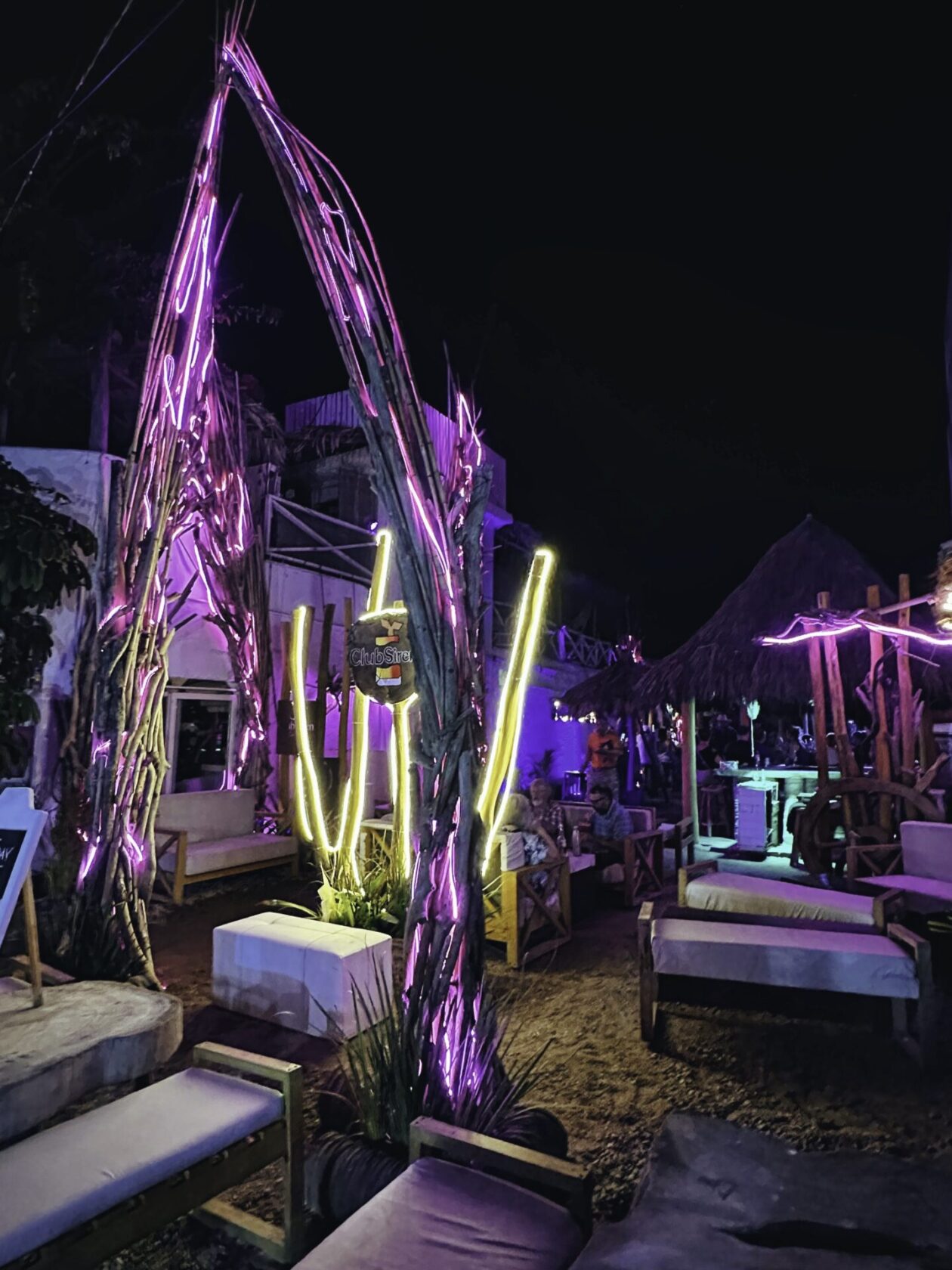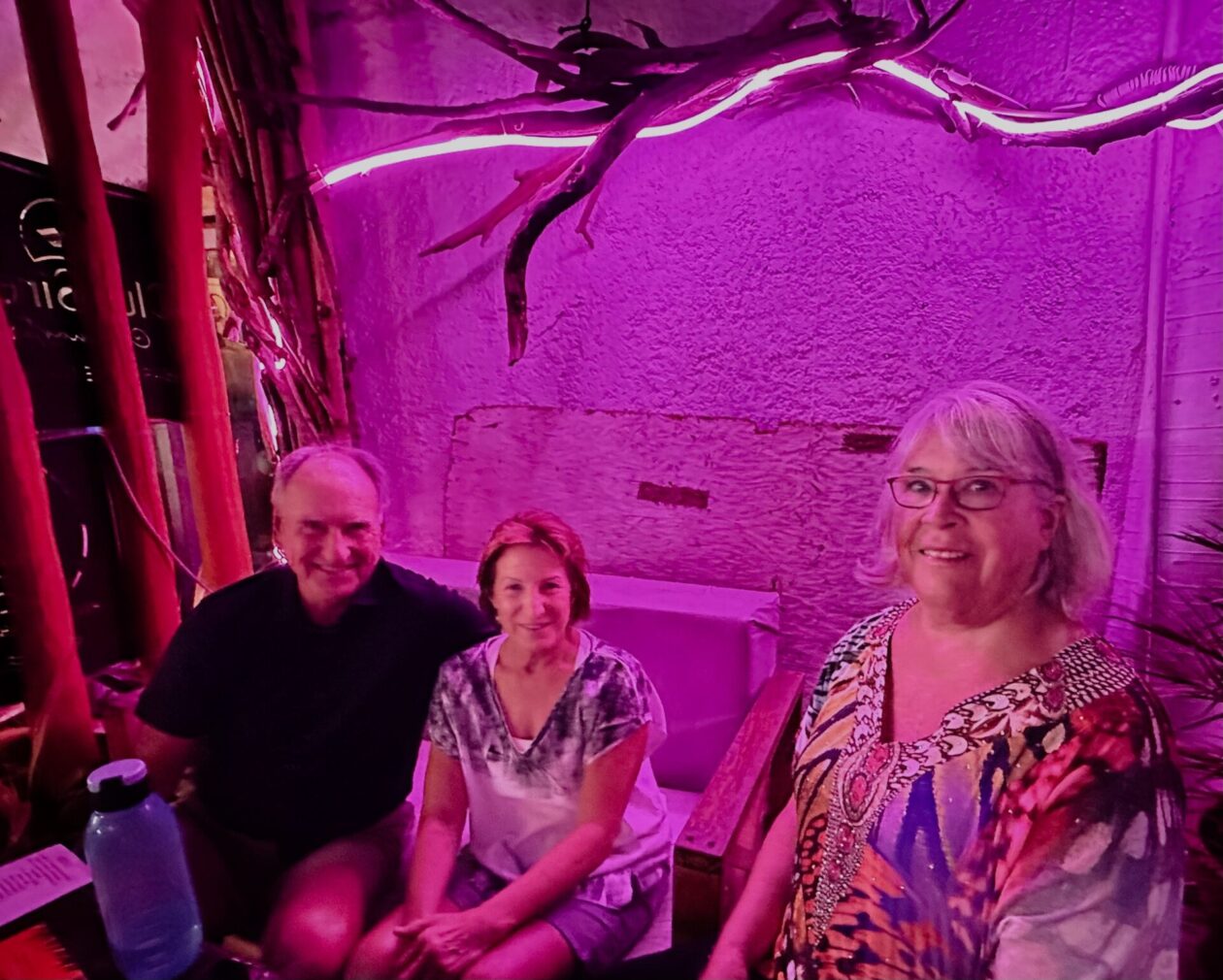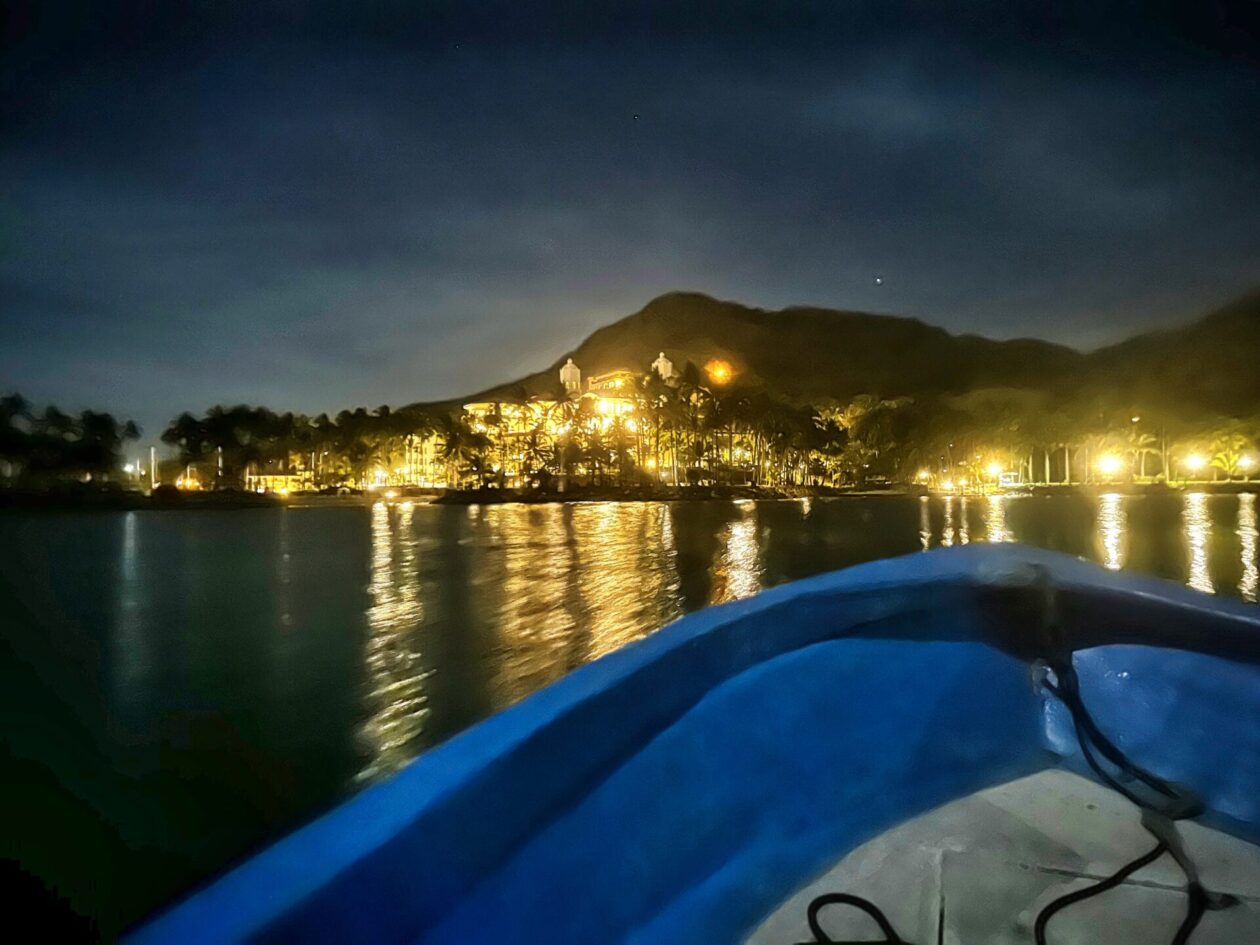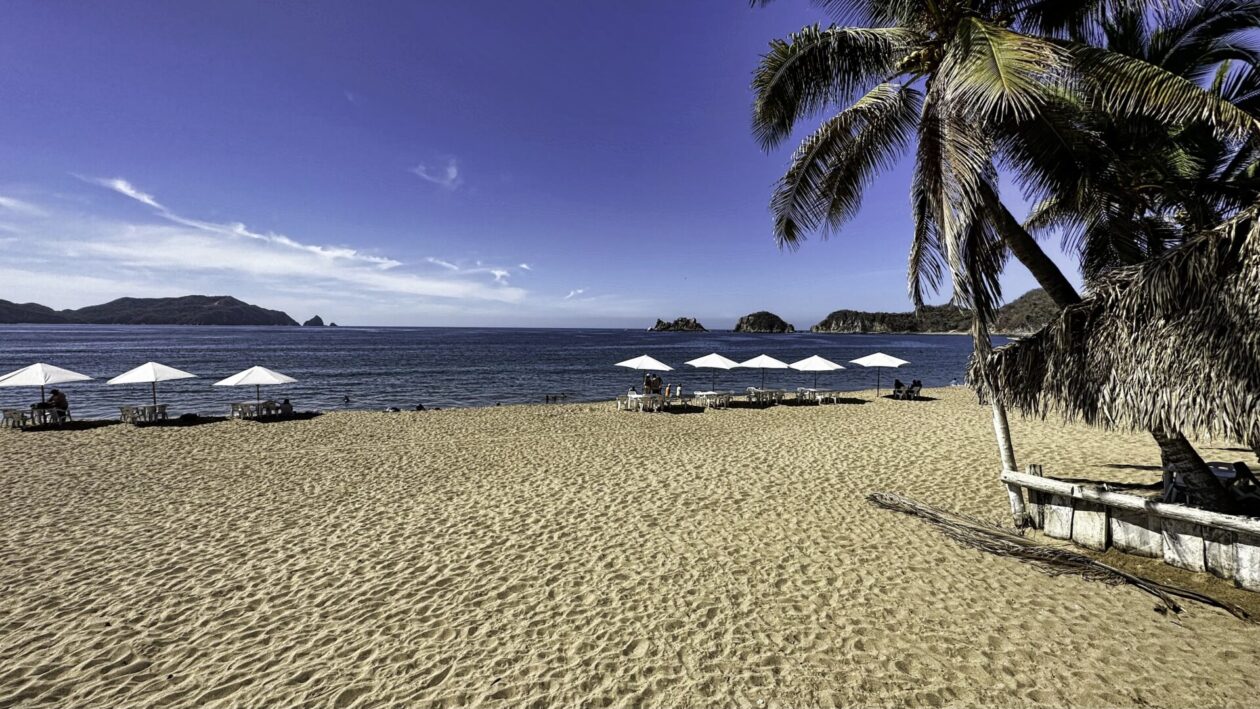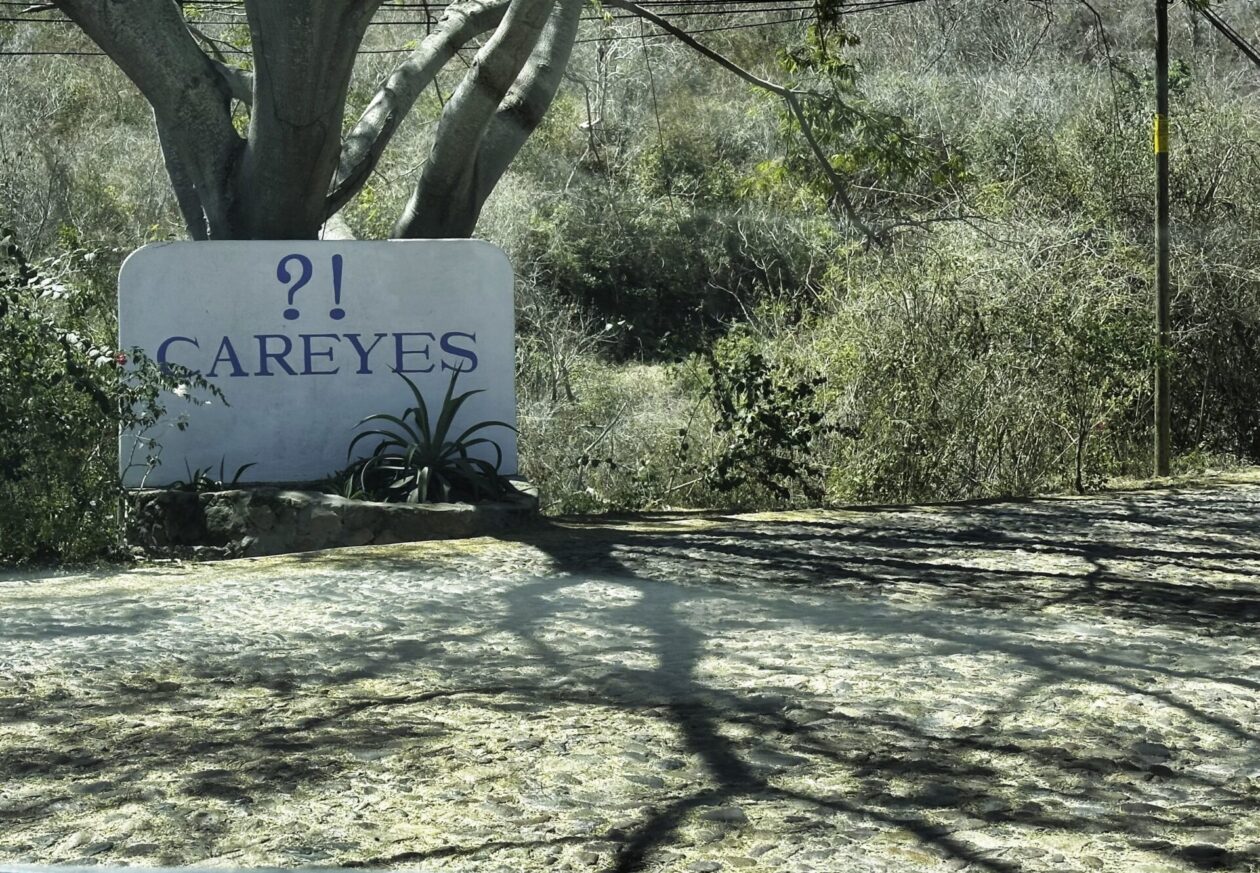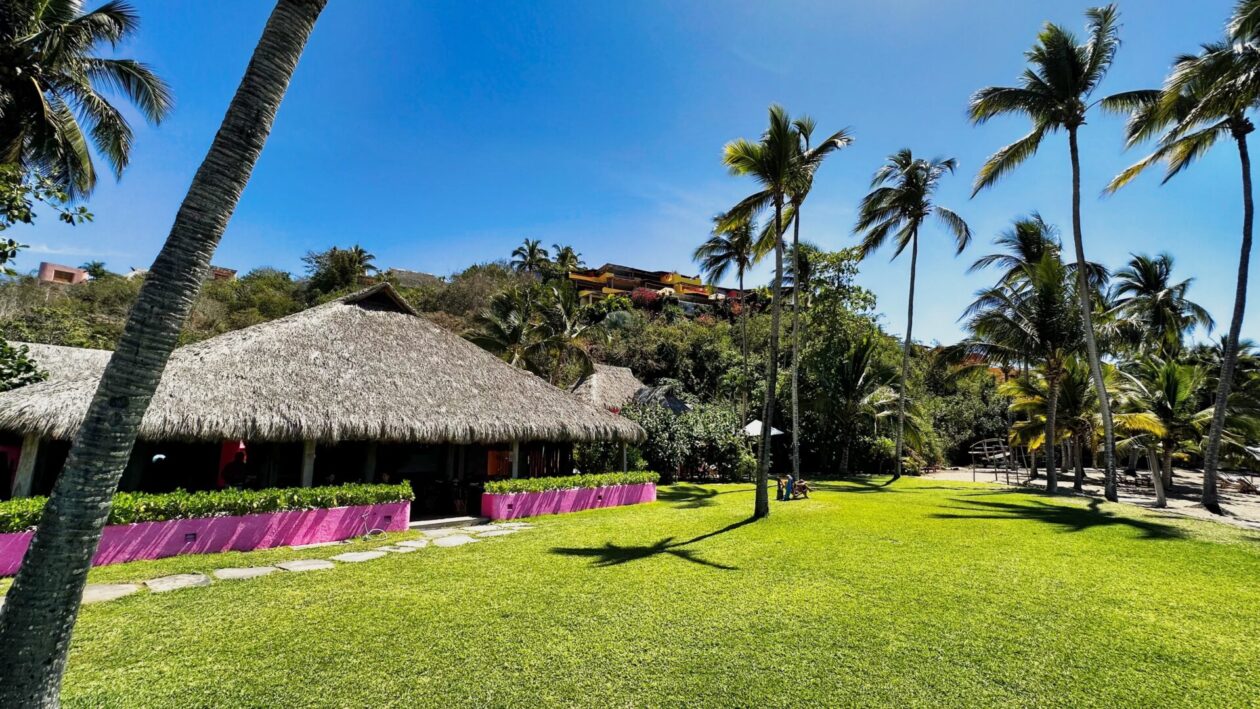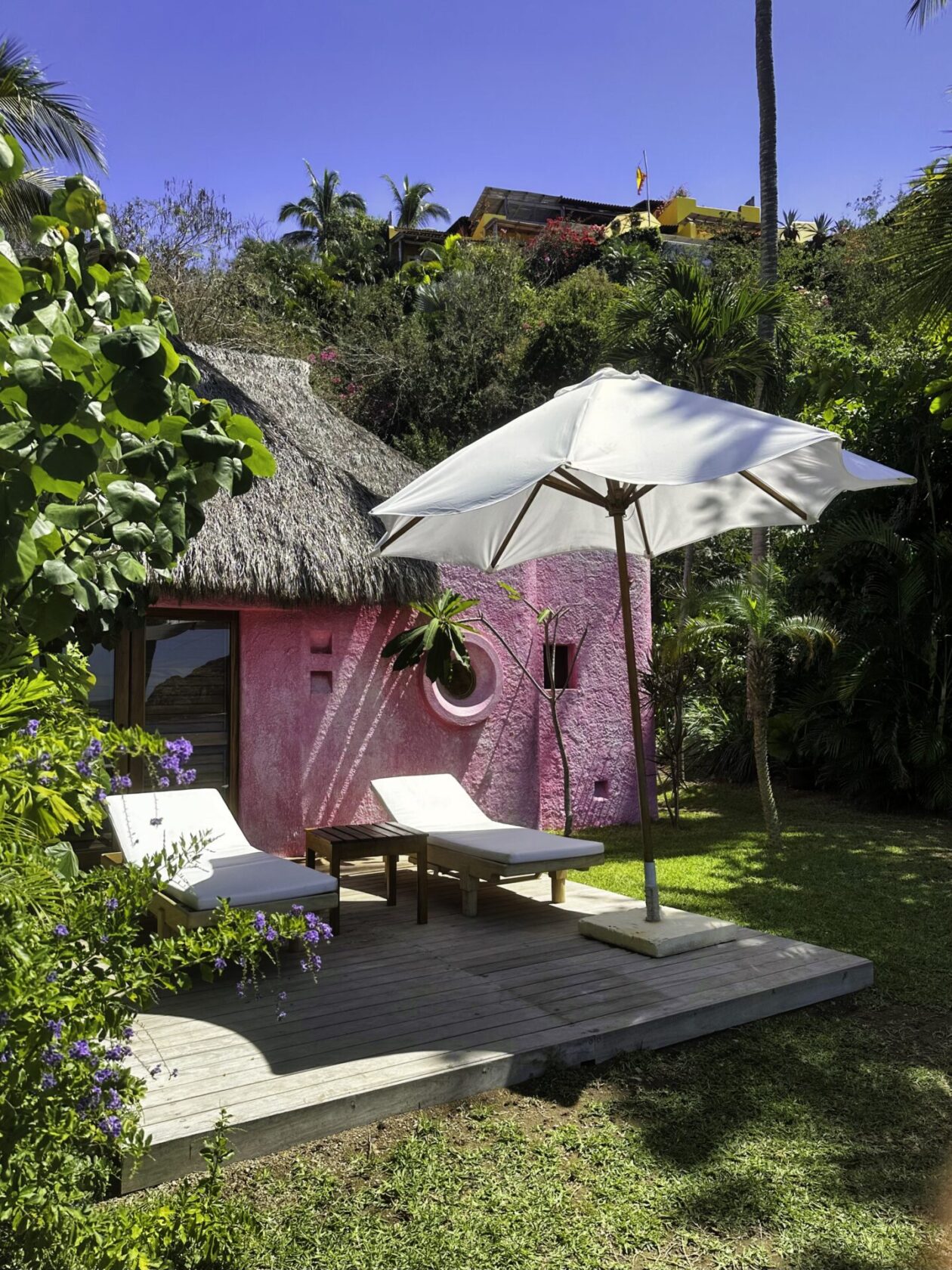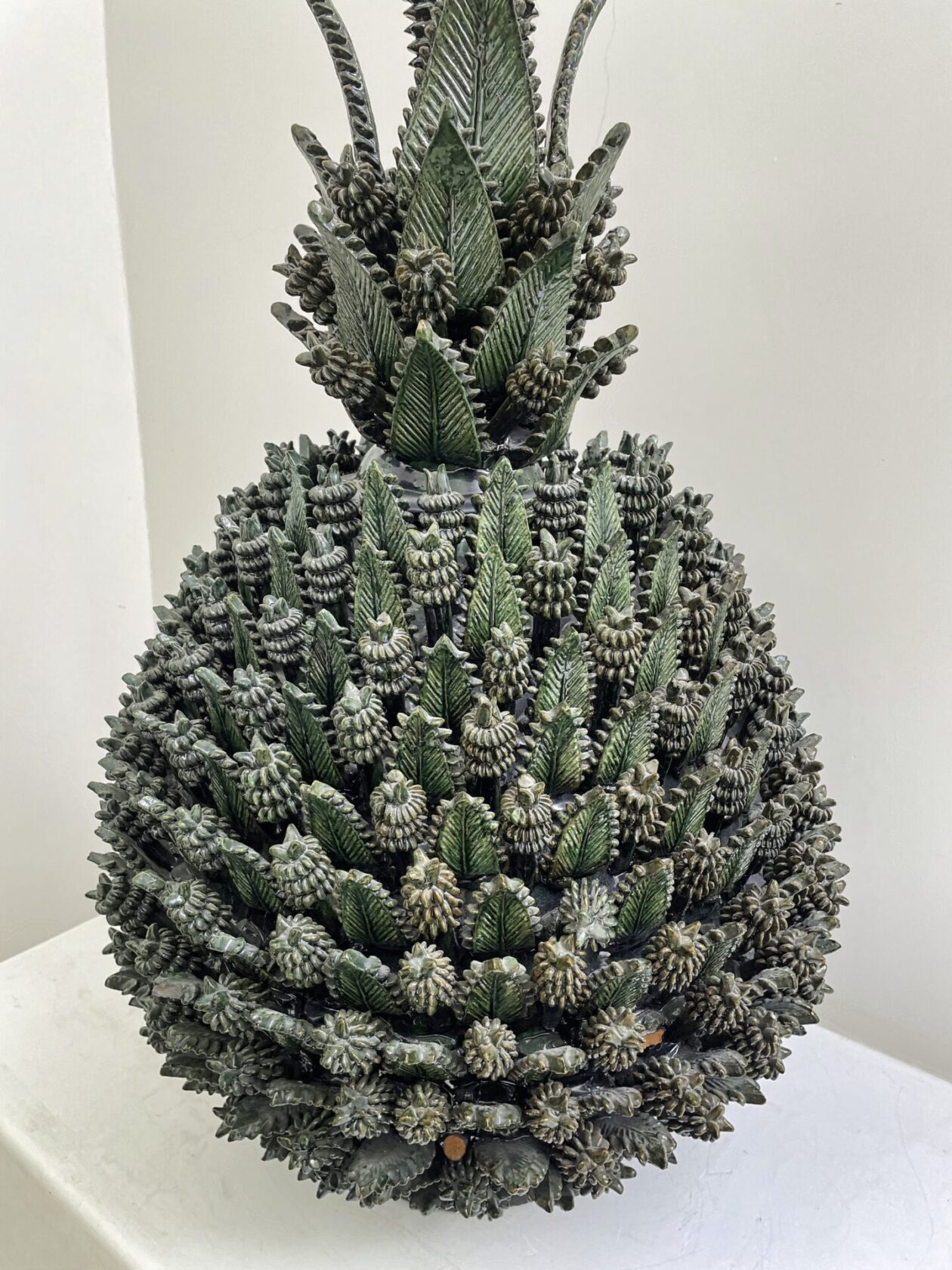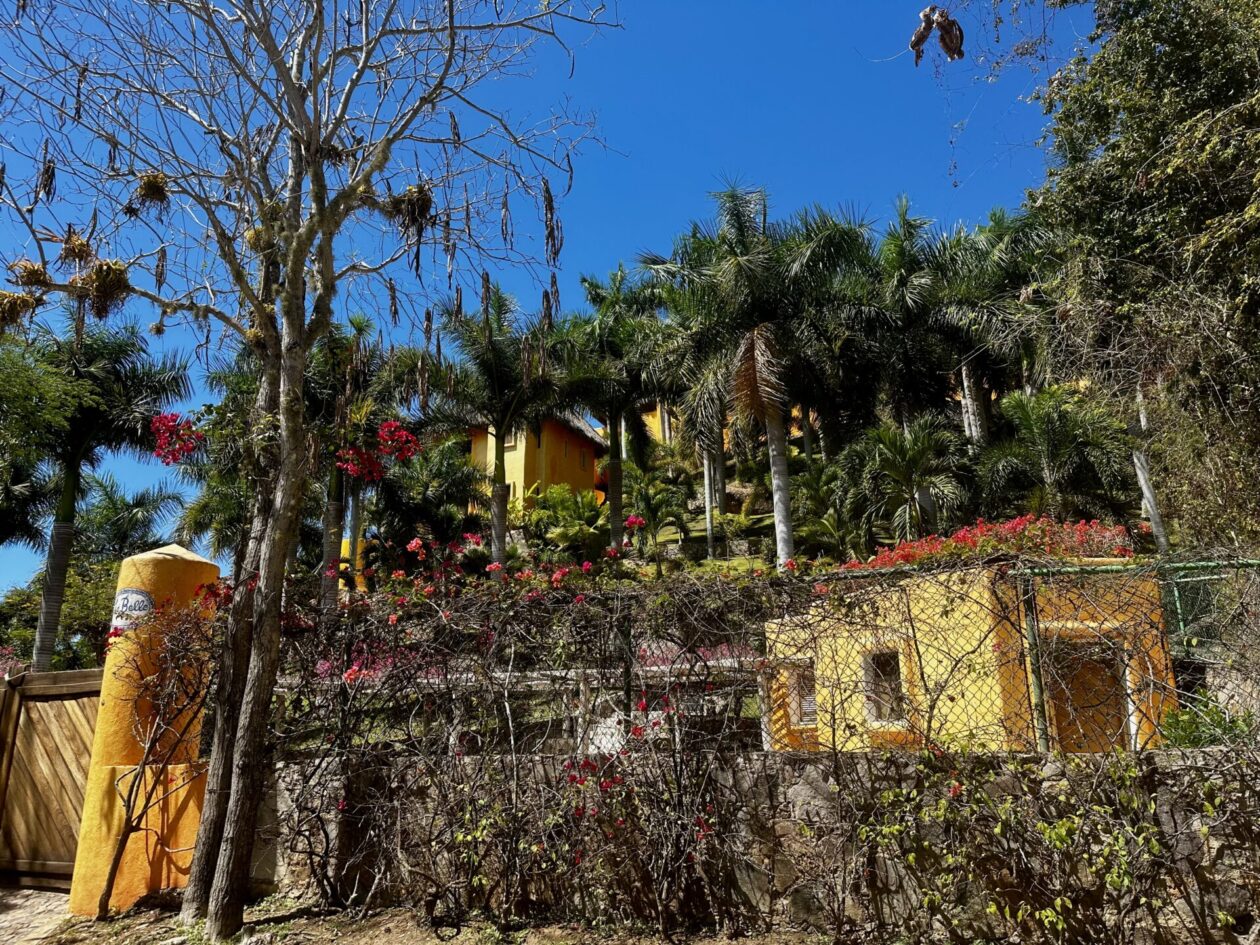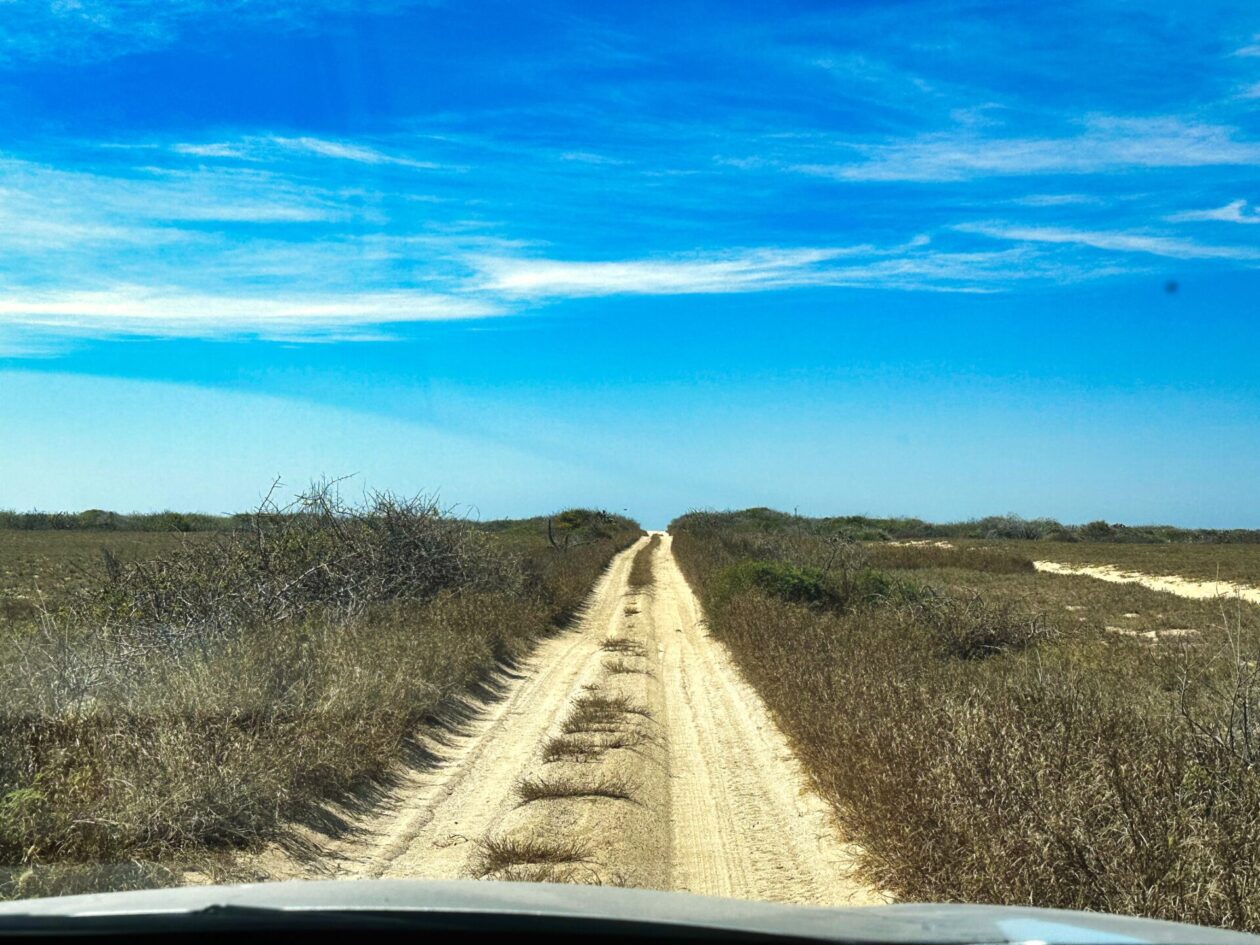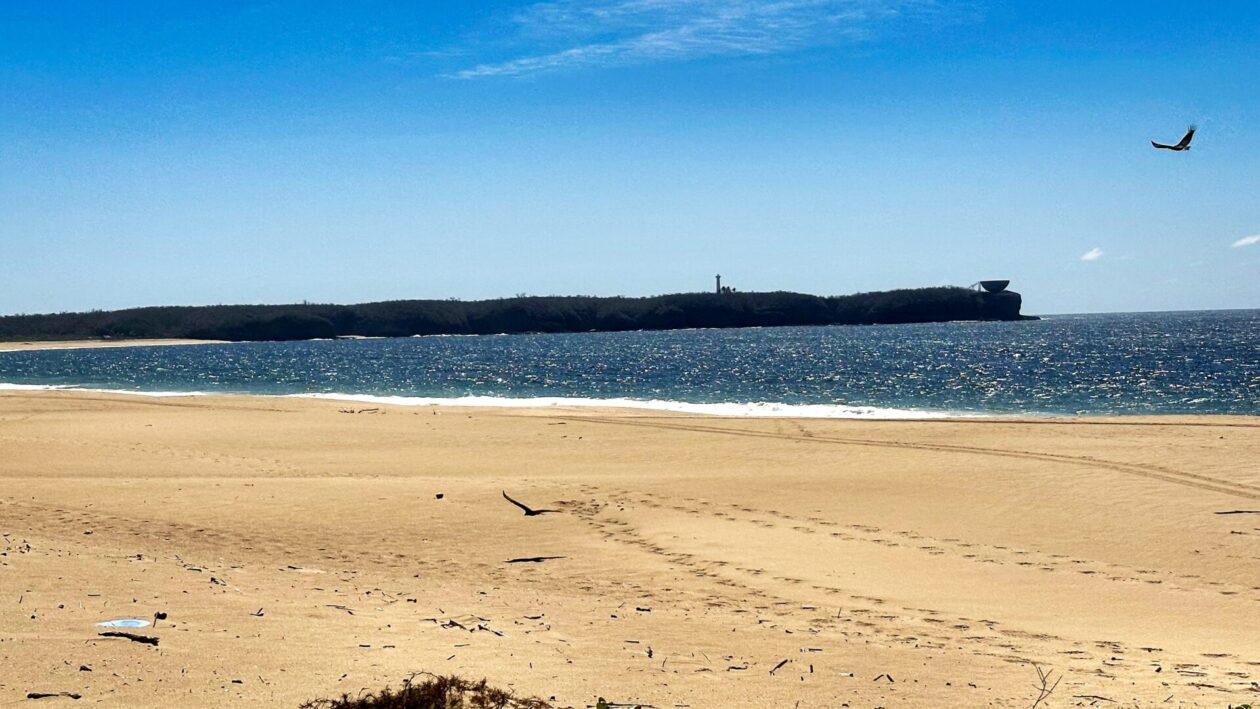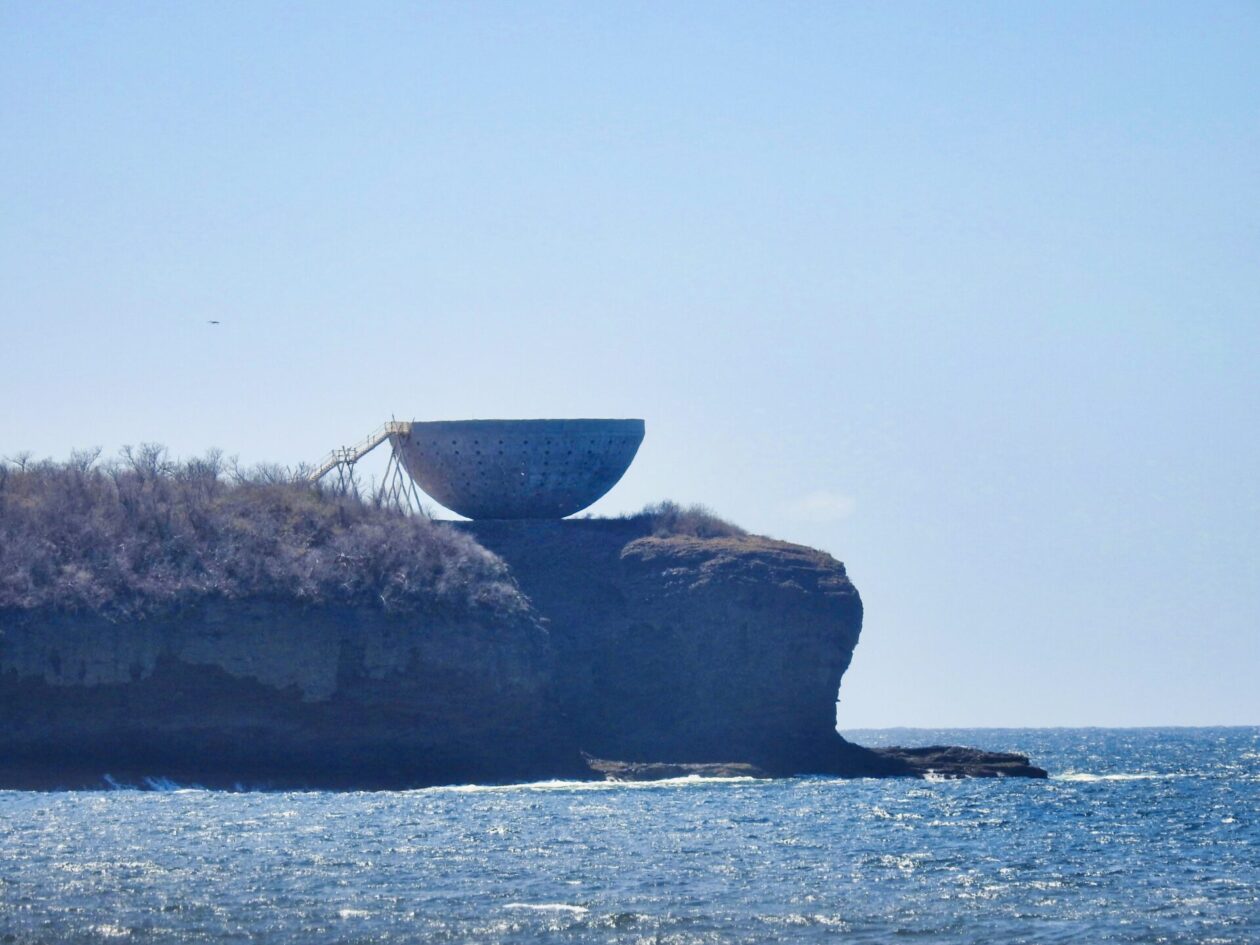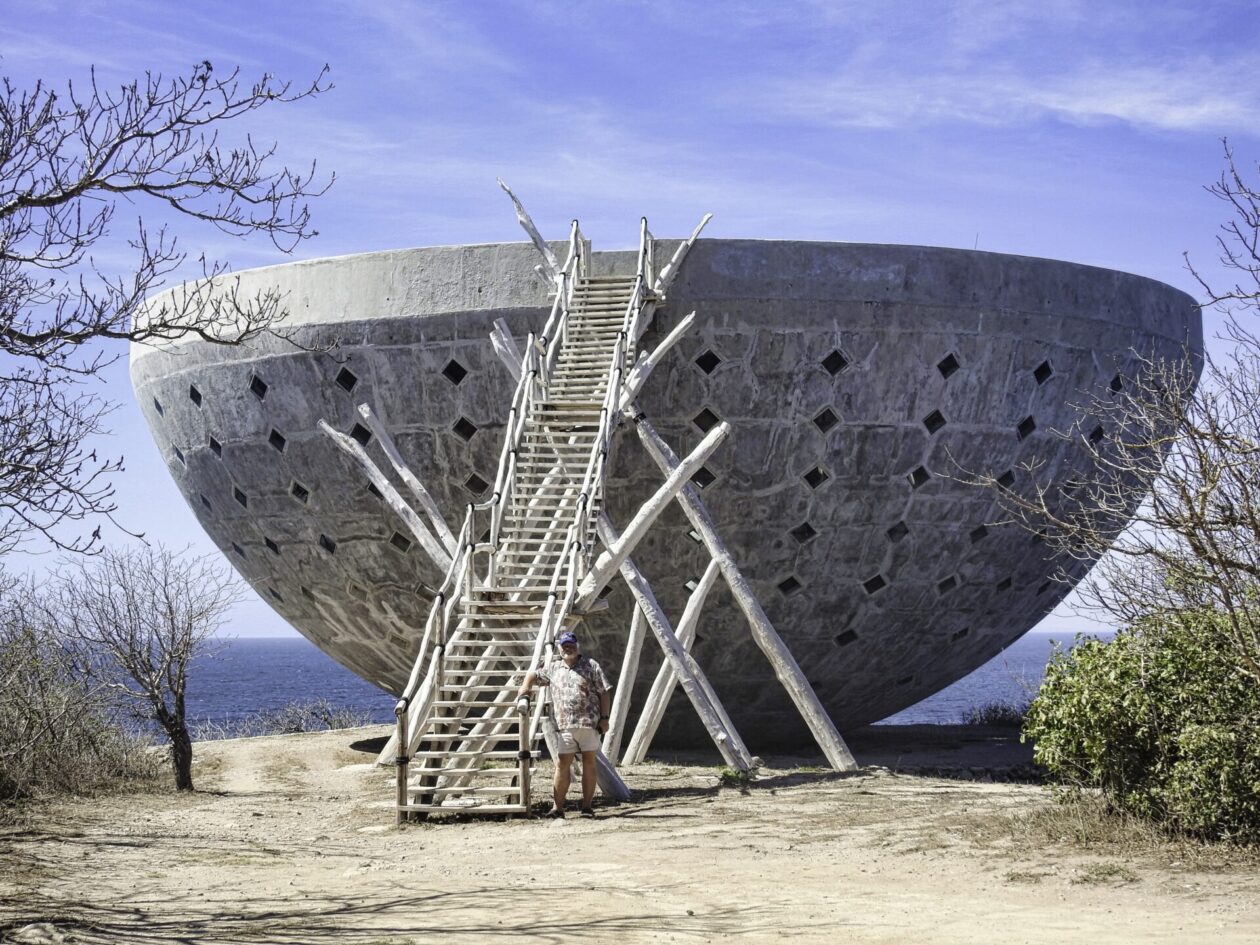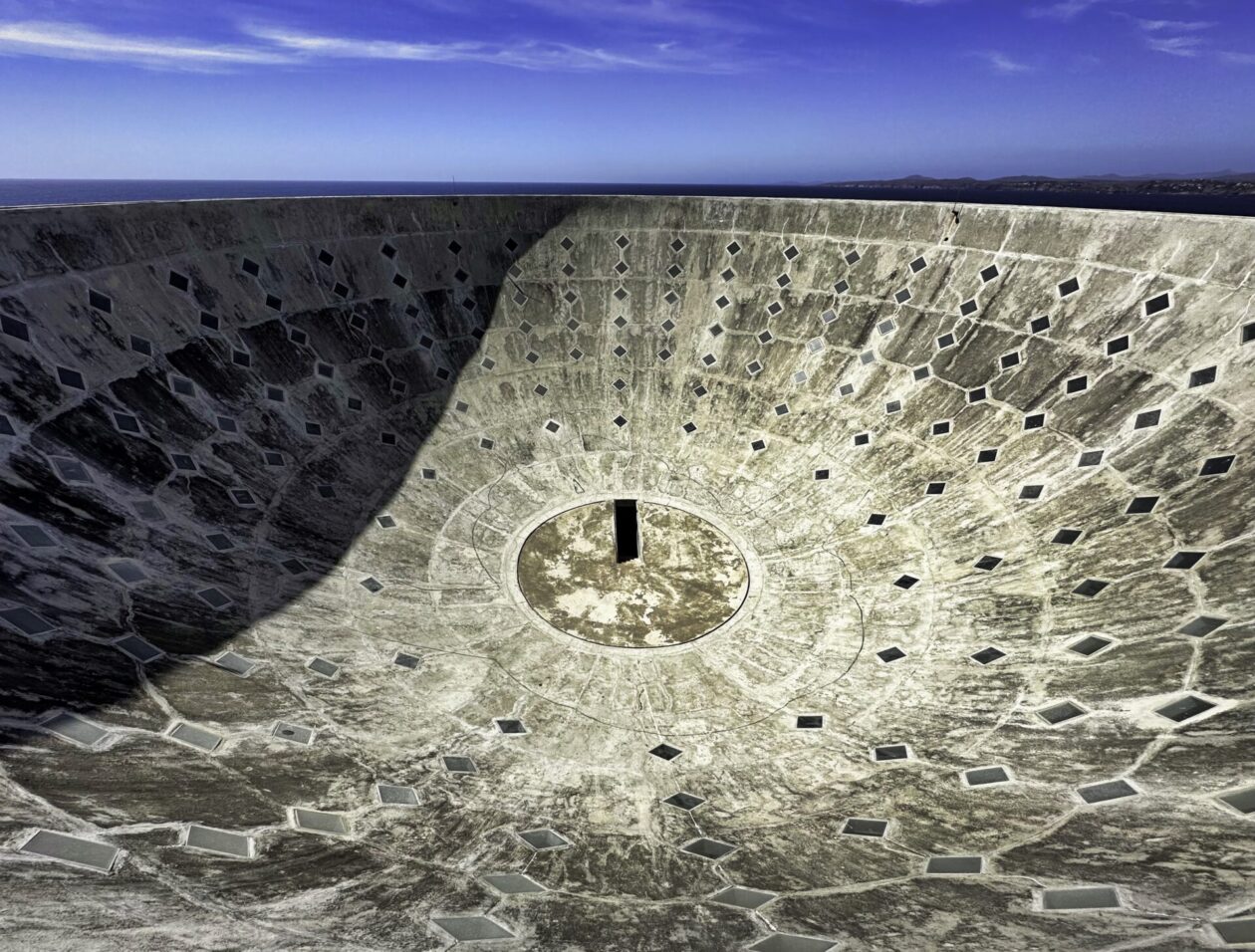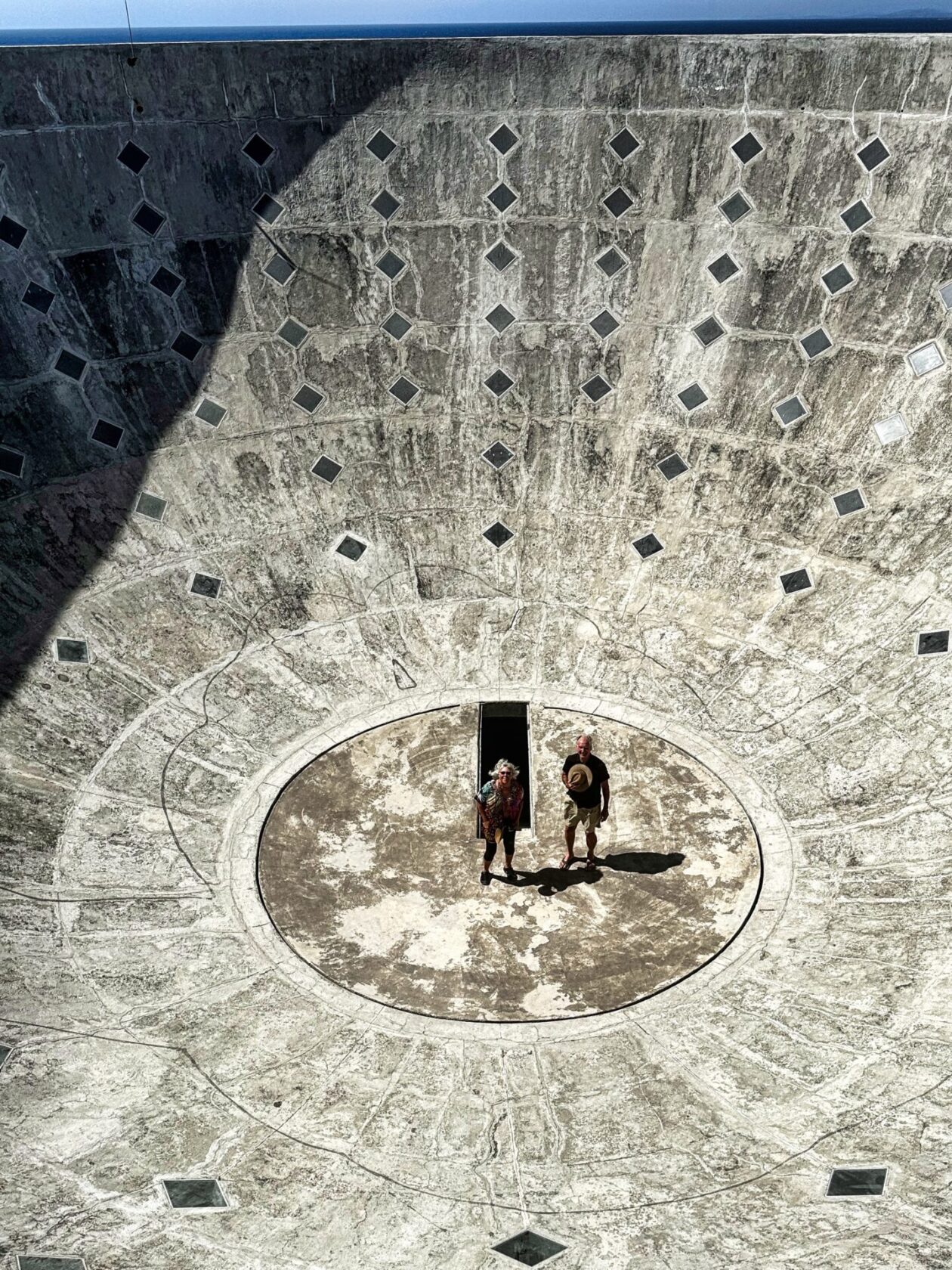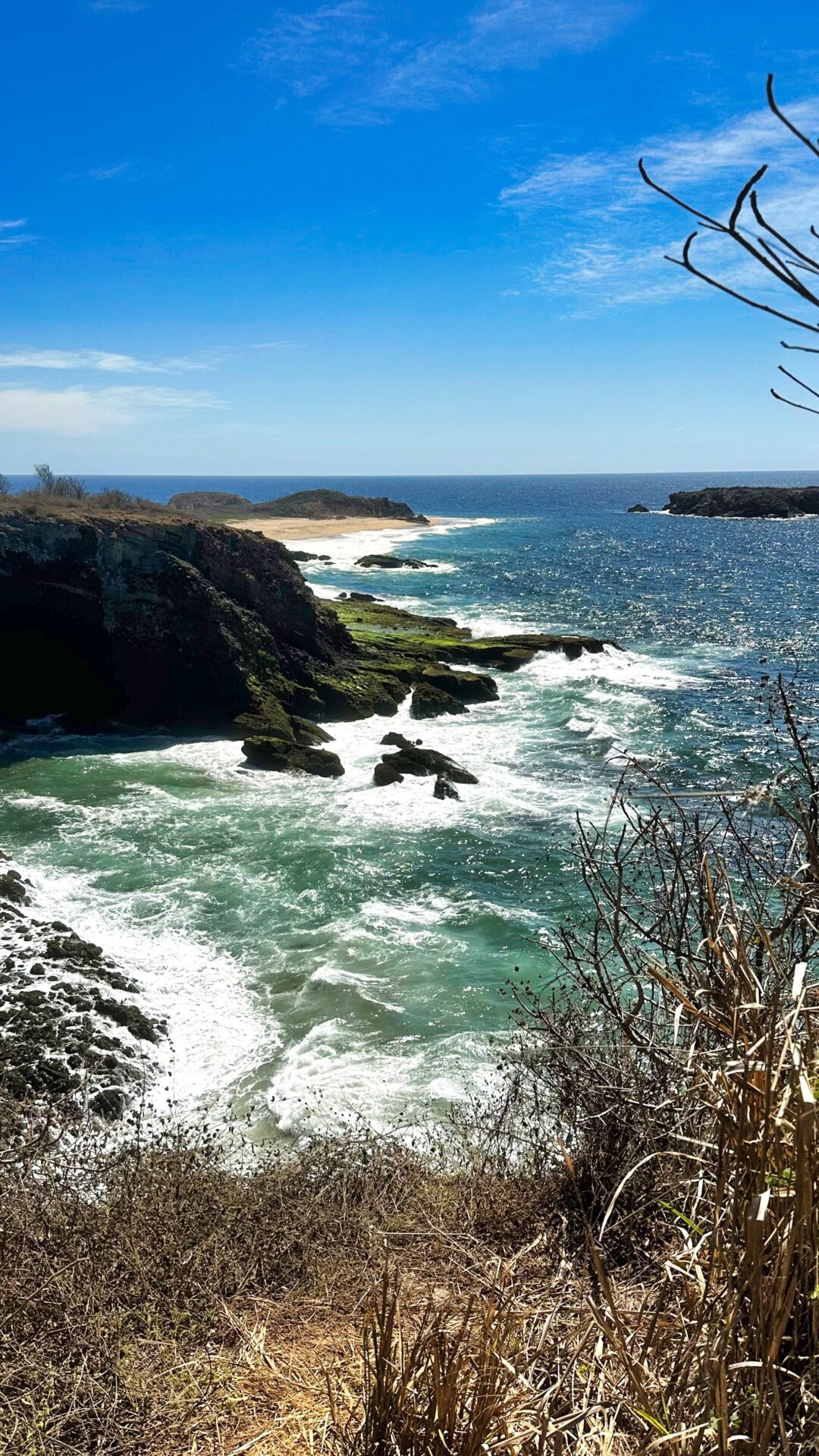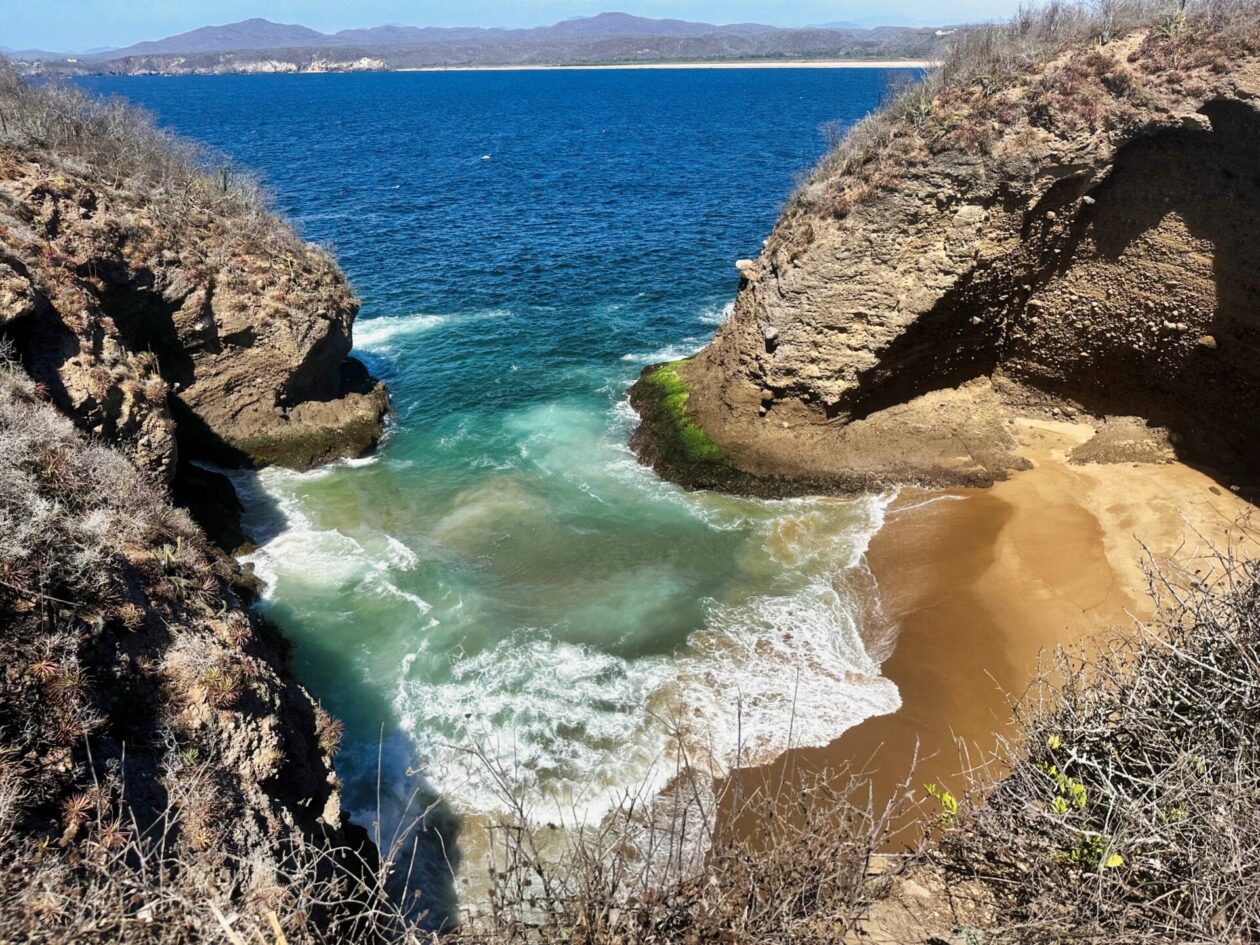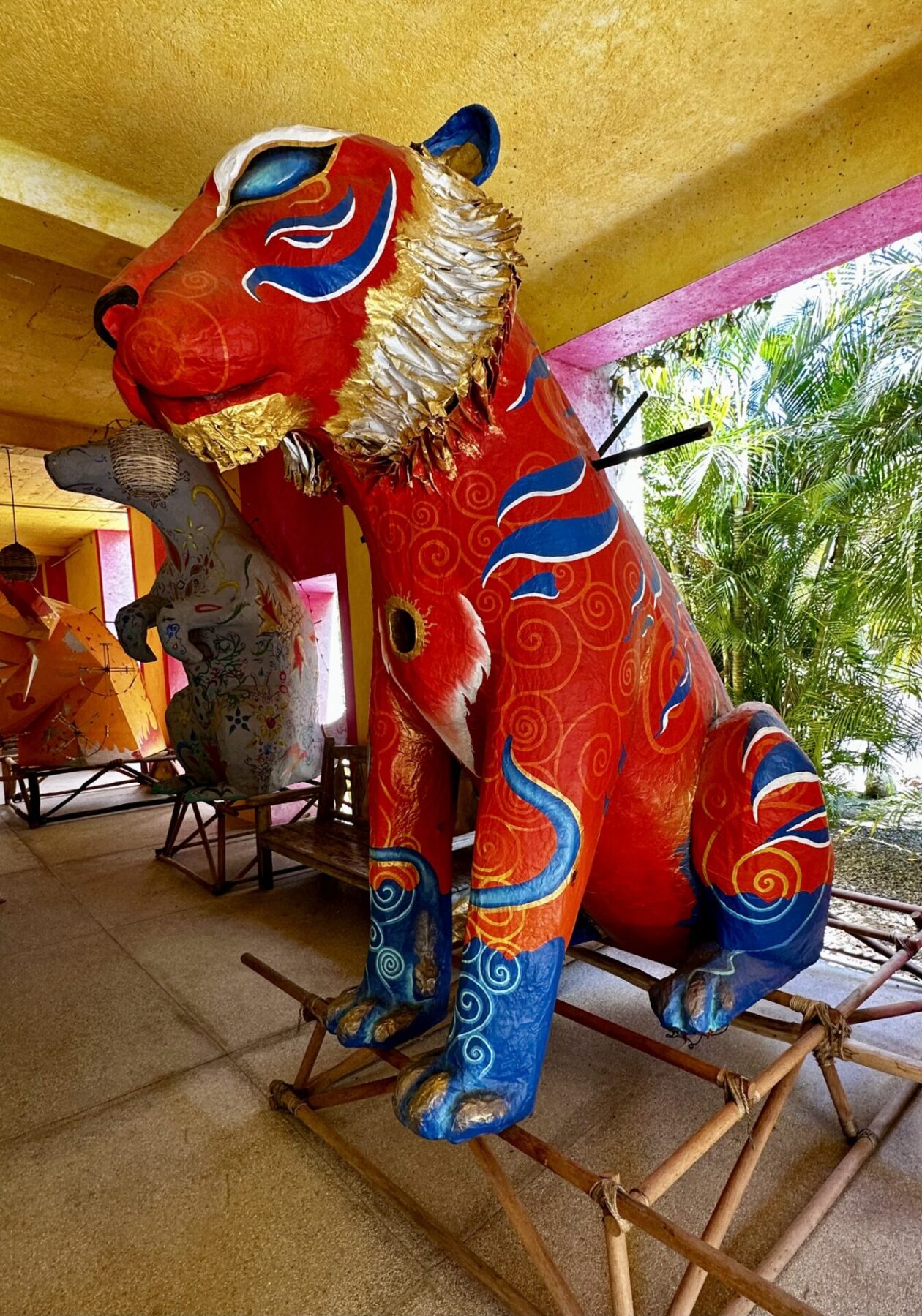Even when you live in the tropical paradise of Puerto Vallarta, you still want to get away to enjoy other parts of Mexico. Over a three-day weekend, we decided to take a roadtrip along the Costalegre (which translates to “Happy Coast”), a 280 kilometer stretch of very remote land and coastline between Puerto Vallarta and Manzanillo in the state of Colima. It tends to be quite arid here, with little rain between November and May. We had made many visits to the very northern part of the Costalegre (e.g., El Tuito, Mayo, Tehuamixtle), but had never been south of there, so we were on our way!
The first thing that we noticed as we passed El Tuito was that the road improved dramatically. Route 200 is a federal two-lane highway and we always complain how bad it is around Puerto Vallarta. But this was a whole different story — wide lanes and shoulders and recently re-paved! It was actually a pleasure to drive on. While we were close to the coast for much of our trip down, you could only rarely see it because of the hills between us and the water. While there lots of little towns and villages along the way, we only made one pit stop until we got close to La Manzanilla. We did make a quick stop at Boca de Iguanas, a small “one horse” village that has a lot of campgrounds on a very wide stretch of beach. This is clearly a place to get away! We then made a brief stop in La Manzanilla, a charming little town that reminded me of Sayulita 25 years ago. We had lunch on the beach and wandered around the streets for a while, but we were anxious to find our hotel on Isla de Navidad. The was at the end of a 5 mile drive through a gate, through a town, and then through lots of golf courses. And yet, a lot of the area looked somewhat abandoned. I’m not sure if this was a development that didn’t turn out as hoped or what. We finally made it to the hotel that was also huge with painfully few people. What was surprising to us after all that driving was that Barra de Navidad was literally only 5 minutes away from our hotel by boat. Who knew?!
We instantly fell in love with Barra de Navidad. It’s actually a narrow isthmus between the ocean and a lagoon (the name translates to Christmas Sandbar) and is known for its sport fishing, and both bird and crocodile watching. One of the first things we saw was a monument that commemorated a series of journeys of conquest done from there to the Philippines to add it to the Spanish Empire. It turns out that Barra de Navidad was a large Spanish shipbuilding and repair port, thus allowing these types of deployments as well as journeys of exploration, including those of Father Junipero de Serra up to California. Ultimately, most of these efforts shifted down to Acapulco, returning Barra de Navidad to relative obscurity. For us, the town was “just right” — not too big, but not too small; quiet but lots of activity at night; charming little bungalows and beautiful homes on the water. We ended up spending the day wandering around town and later came back for some great seafood, music, and dancing!
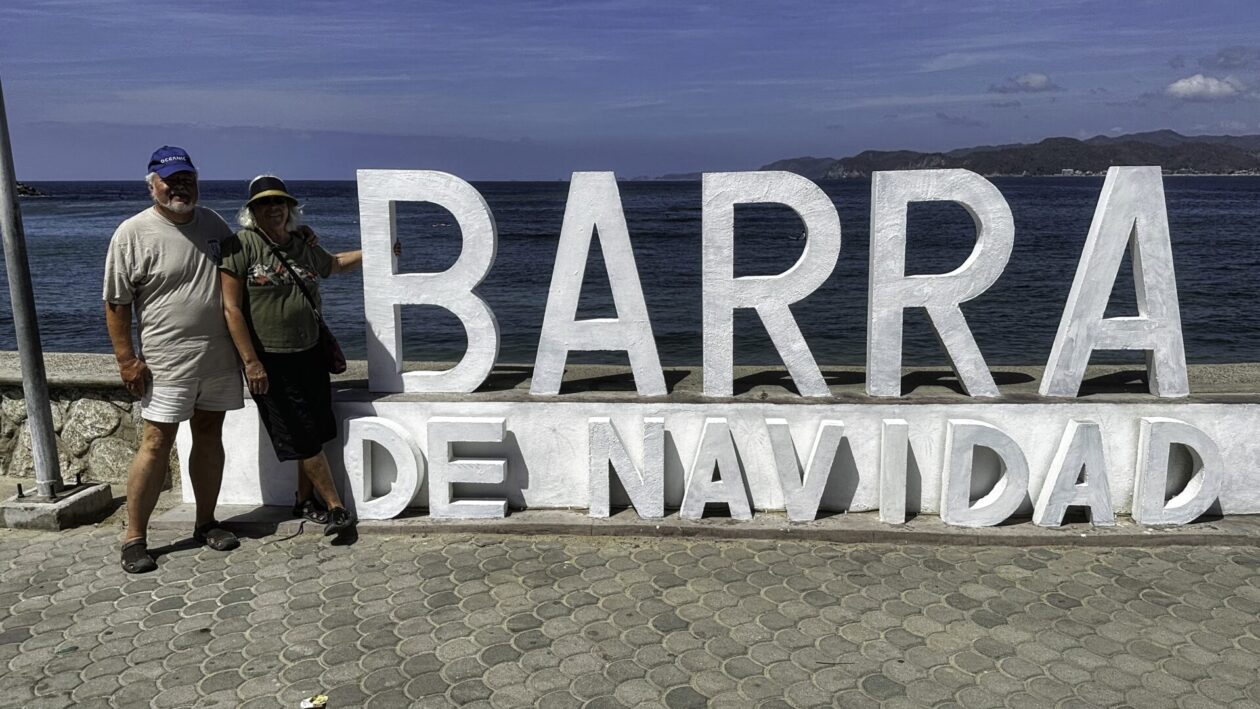
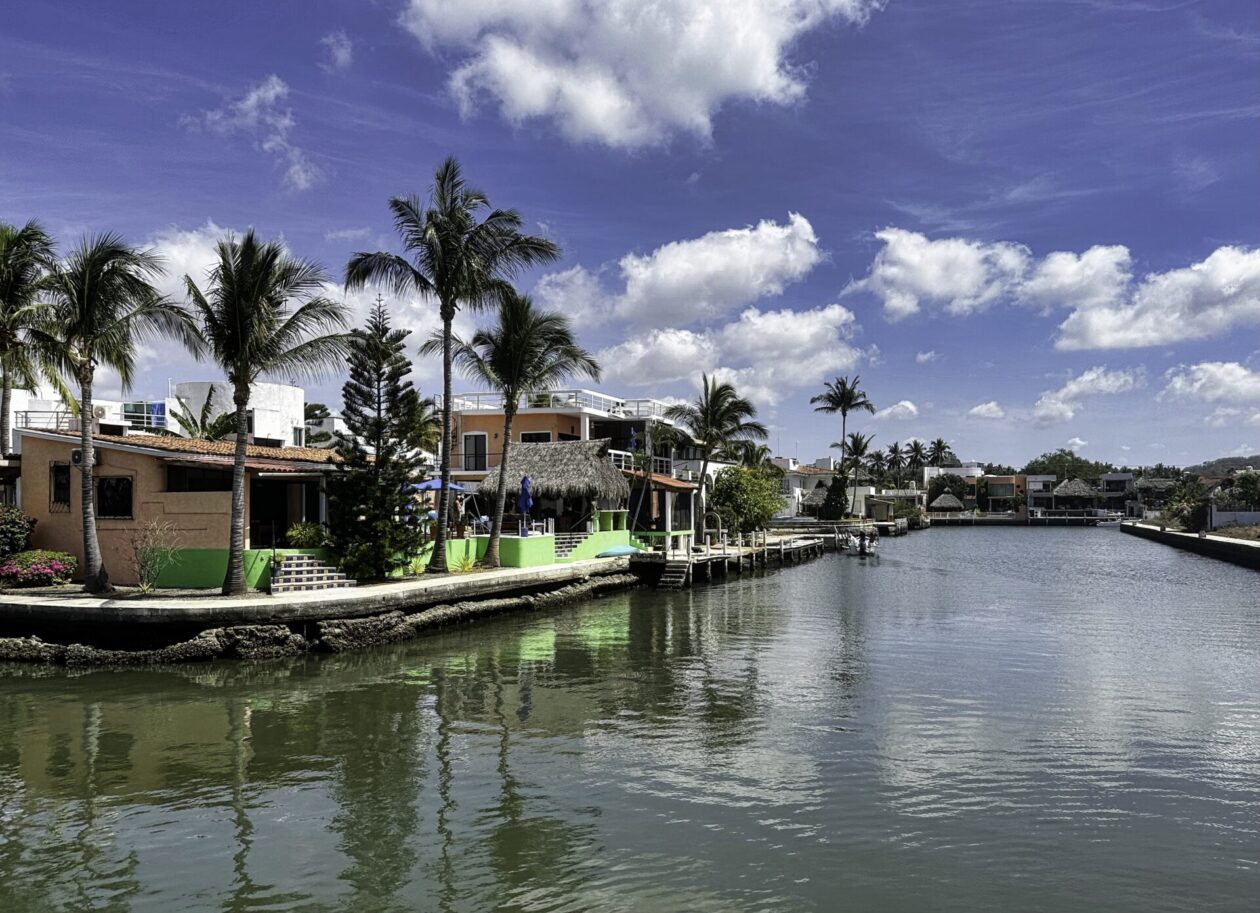
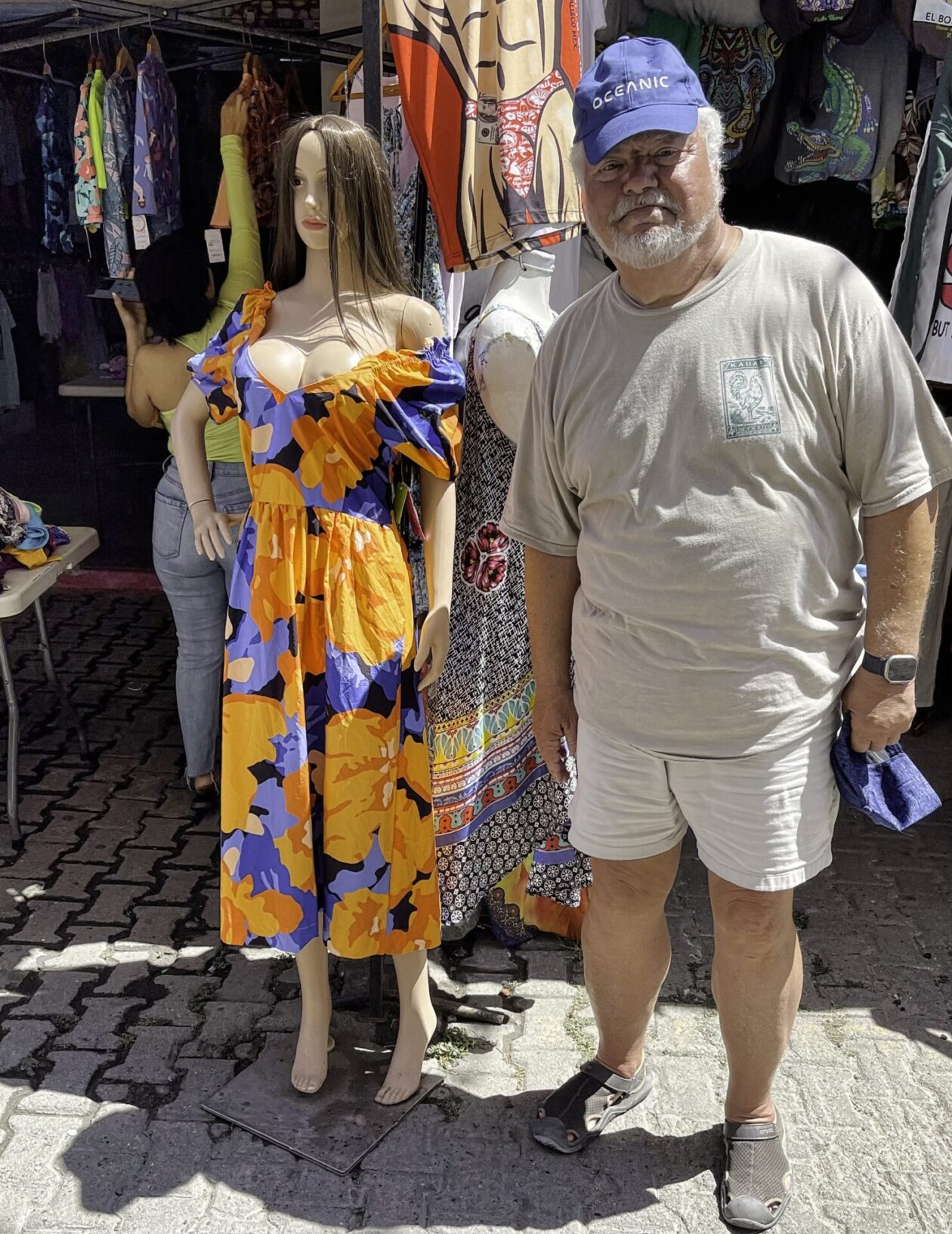
On our last day, we drove over to Melaque. Once again, it would be easier and faster to just walk along the beach to get there, but we were driving, so it took much longer. We did a little shopping, but didn’t have enough time to visit their Malecon because we were heading to the place I really wanted to see — Careyes! It is a 20,000+ acre enclave along the Pacific Coast that was built starting in 1968 by a rich Italian banker as a hideaway for wealthy people, high end hippies, and the upper echelon of creatives/artists that could be inspired by the wildness and beauty there. It is a very exclusive area and getting to visit there — unless you own a house or are staying in one of the hotels — is quite difficult. I had tried to make a reservation at the beach restaurant, Playa Rosa, before we left Puerto Vallarta, but was told that only people staying there could dine there. Luckily, the Concierge at our hotel at Isla de Navidad was able to get us in. Of course, you had to be willing to spend at least $1500 pesos per person in order to get in. It turned out that this was pretty much a smokescreen and were never heard anything like that again. It seemed that there was a guard shack every couple of hundred yards in the compound. They obviously take their security seriously. There is some truly extraordinary architecture here, interspersed throughout the wilderness that we saw while driving around. We did have lunch at Playa Rosa where the food was wonderful and the staff very friendly. Even the other guests were friendly, as we found out when friend Bill went over to introduce himself to an elderly couple who owned a house there and had been in the grain business, initially in the Netherlands and ultimately in Mexico. They asked Bill to join them for wine, but we had to go. One of my goals was to see one of the key art installations in the area — La Copa del Sol (Cup of the Sun), an 88-foot diameter concrete bowl that perches on a cliff. Of course, that was easier said than done with lots of dirt “roads” and almost getting stuck in the sand on the beach (one of a few wrong turns!). This monument was originally a tribute to triumph, but somewhere along the line it changed to reflect the veneration of women (there is probably a very interesting backstory there!). We both climbed the somewhat rickety stairs to get to the top and went around to the other side where you could climb into the structure. The light through the prisms really plays against the walls and ground. Before we left Careyes, we went over to the little pueblo where there is a shopping center and housing for the staff. While the shops were closed, we did get to see the giant paper maché animals.

This was definitely a fun trip — active, but relaxing with a little something for everyone. We will definitely be back!
This entry was posted in Colima, Jalisco, Mexico, Travel